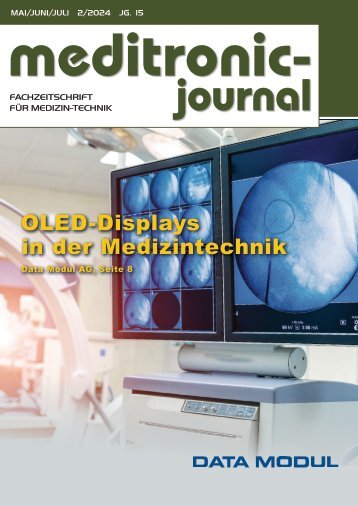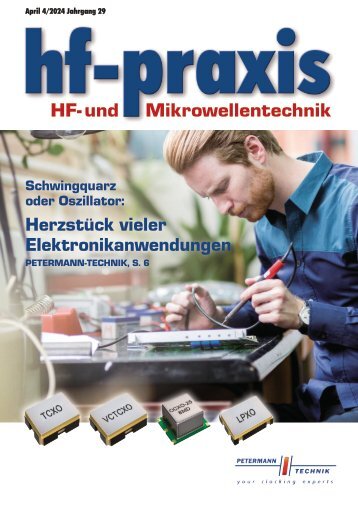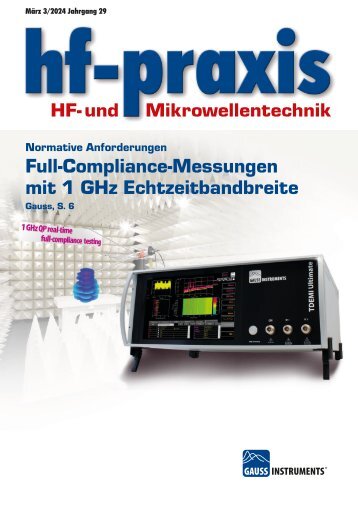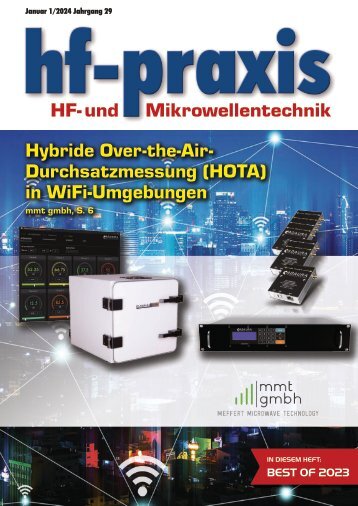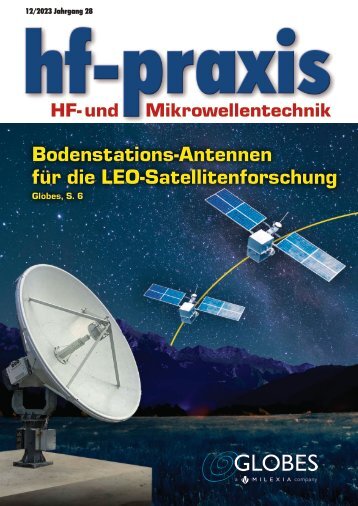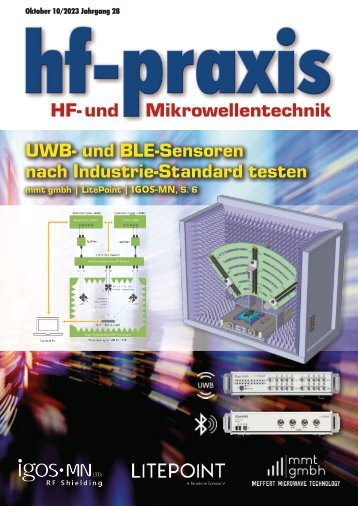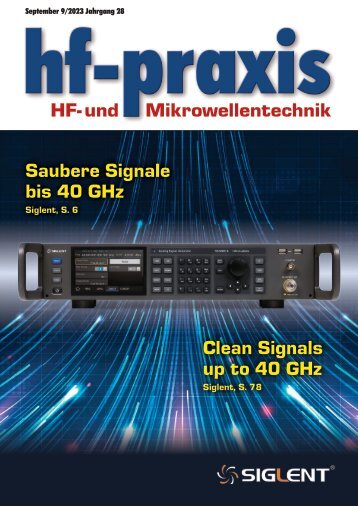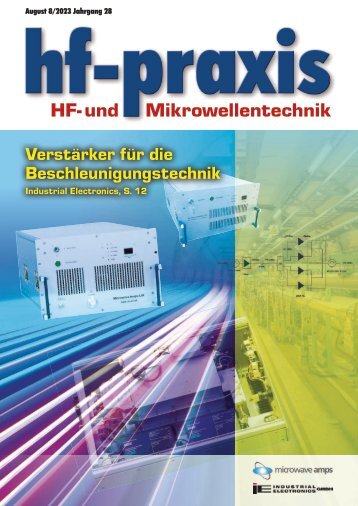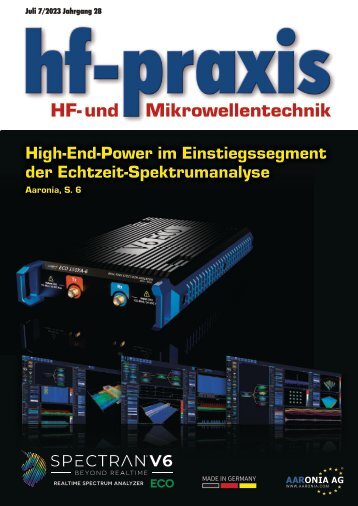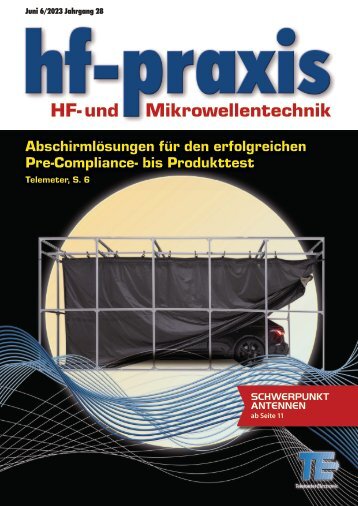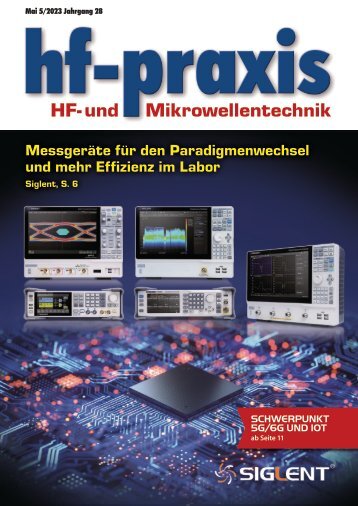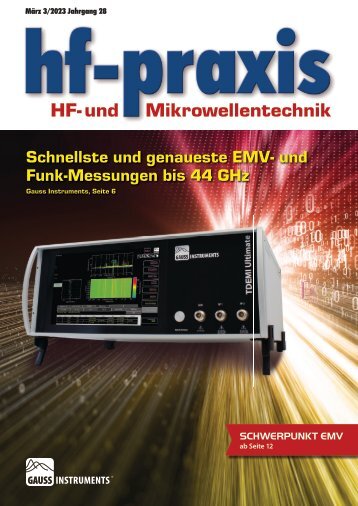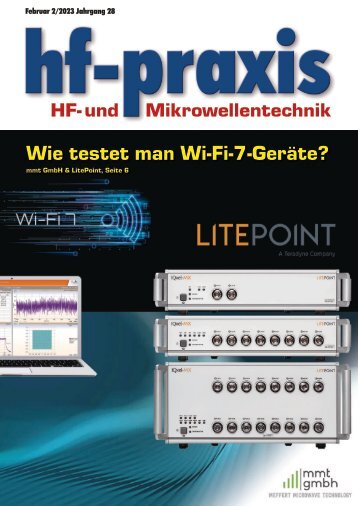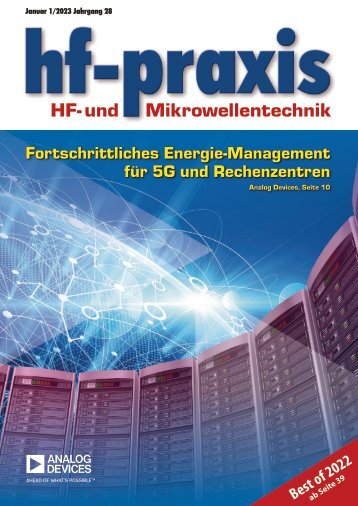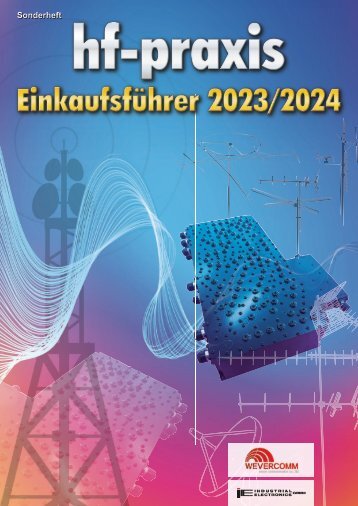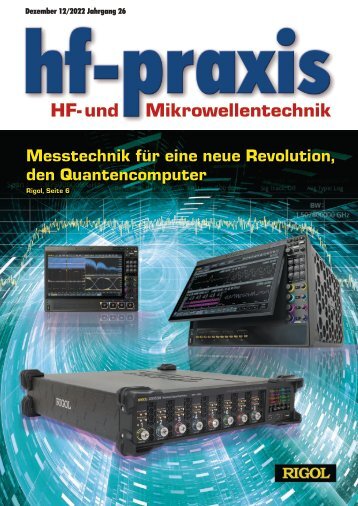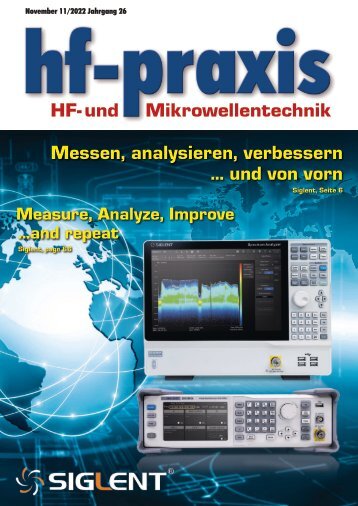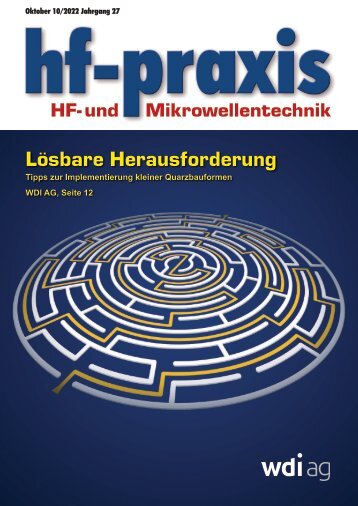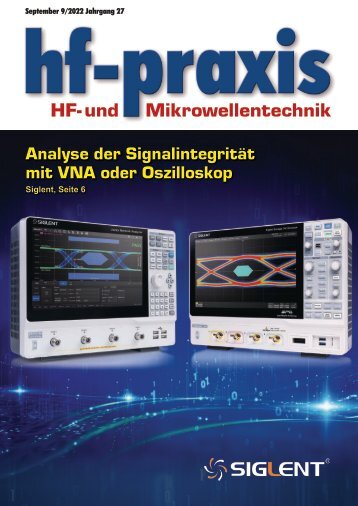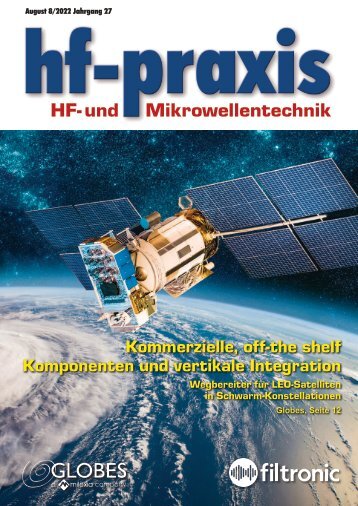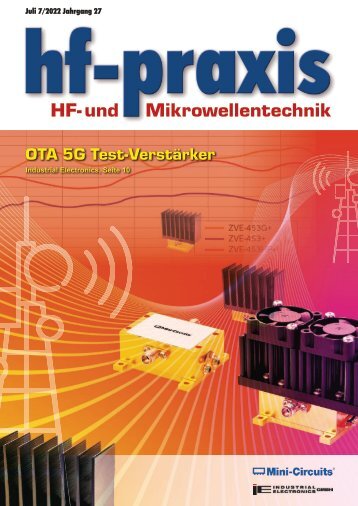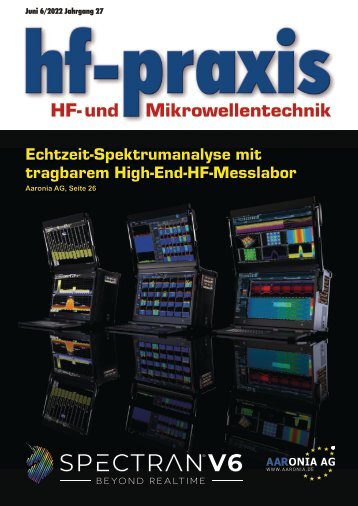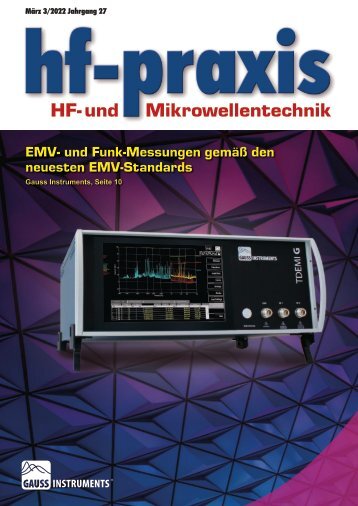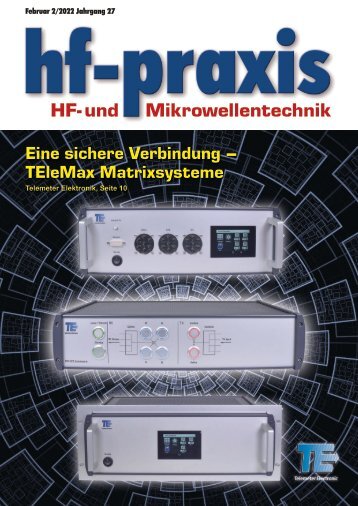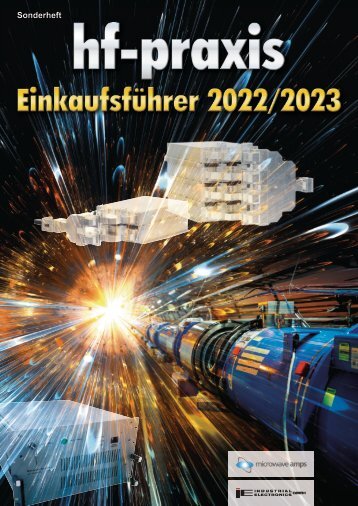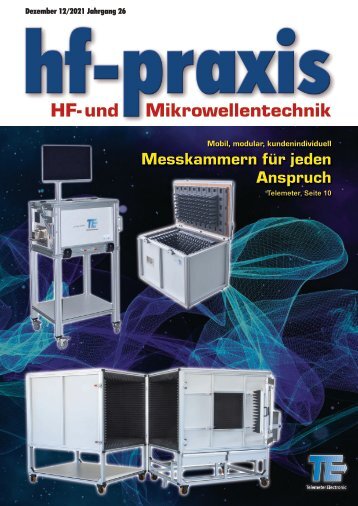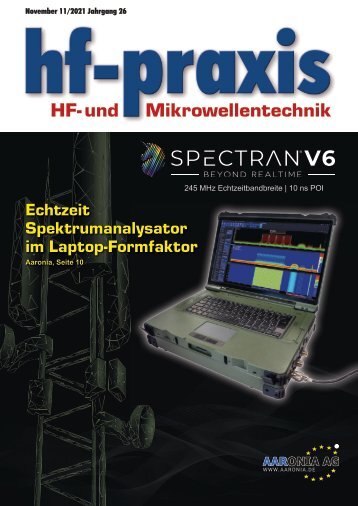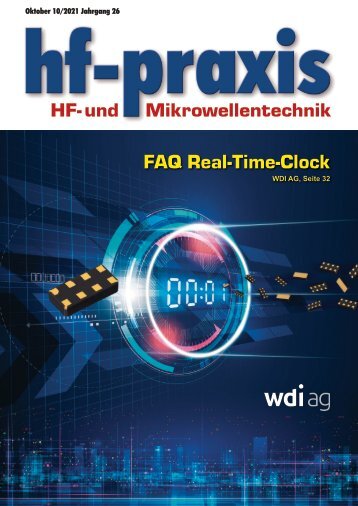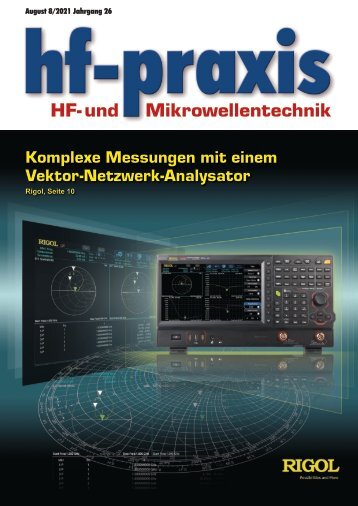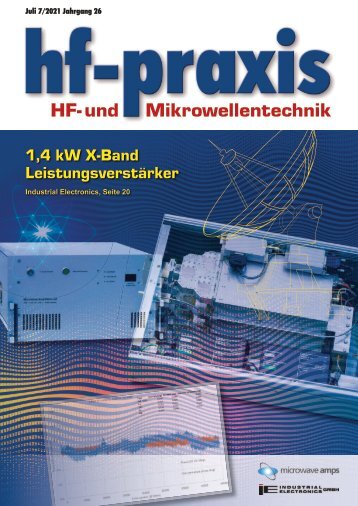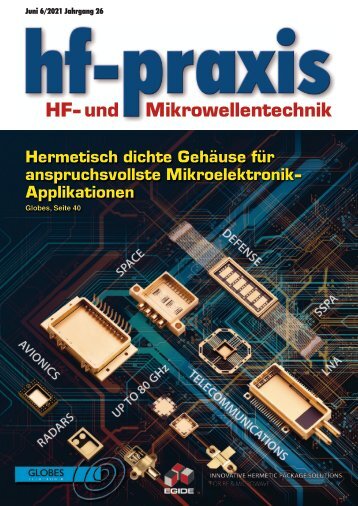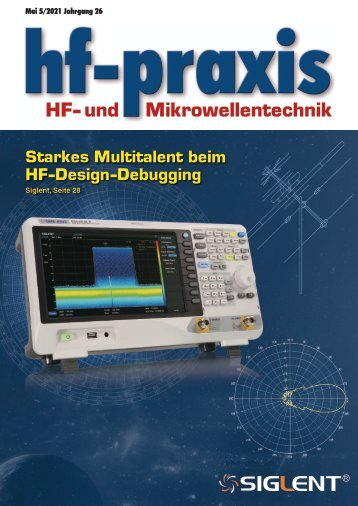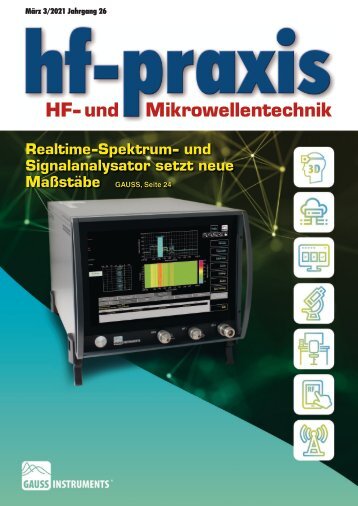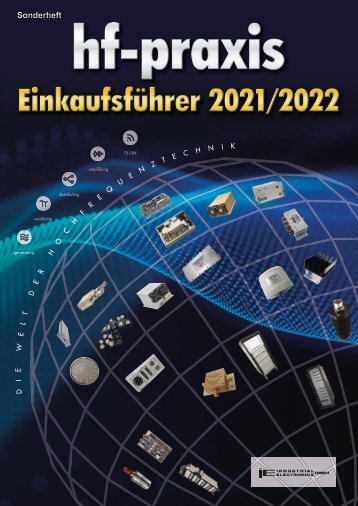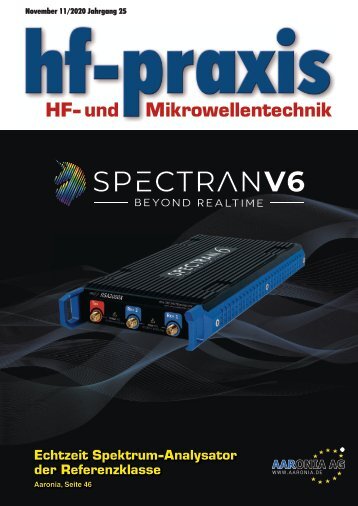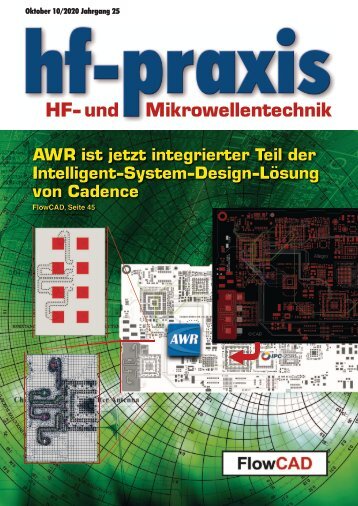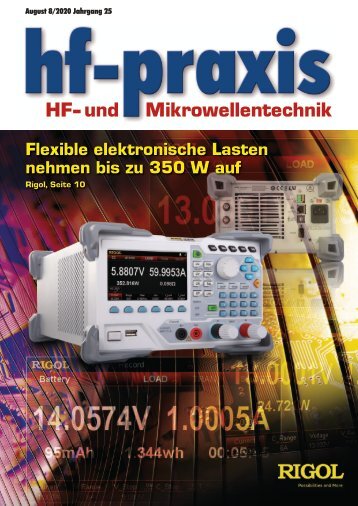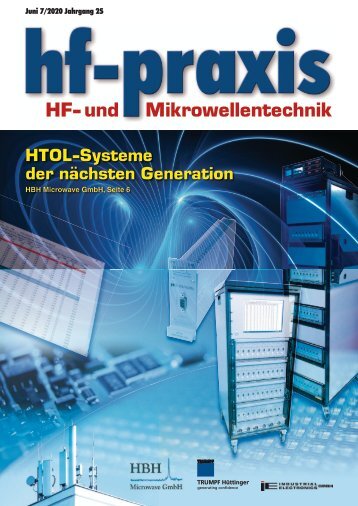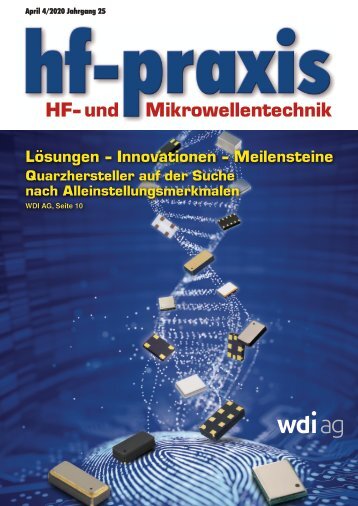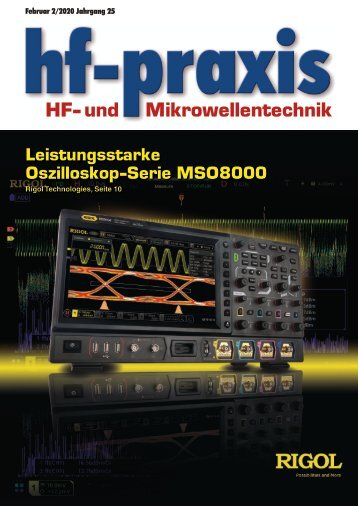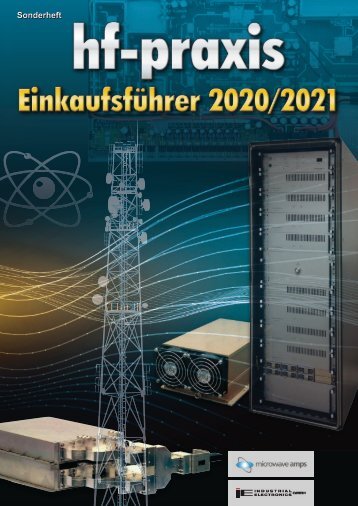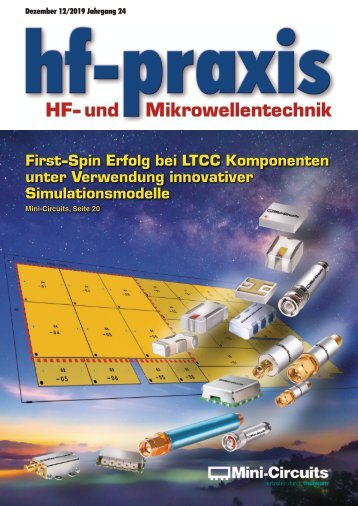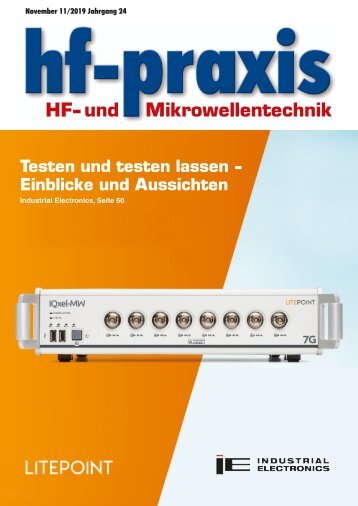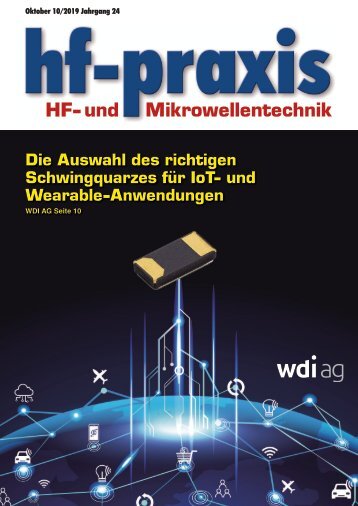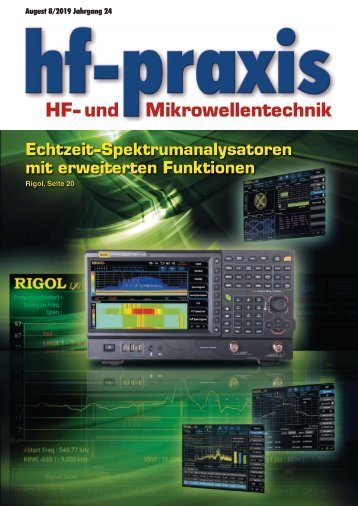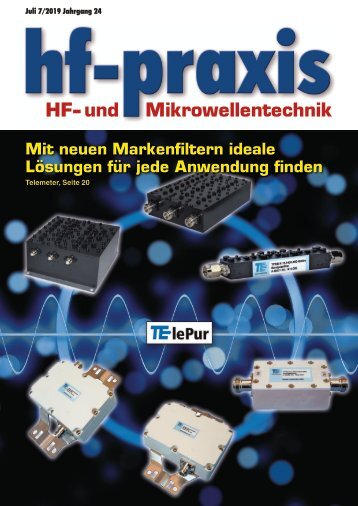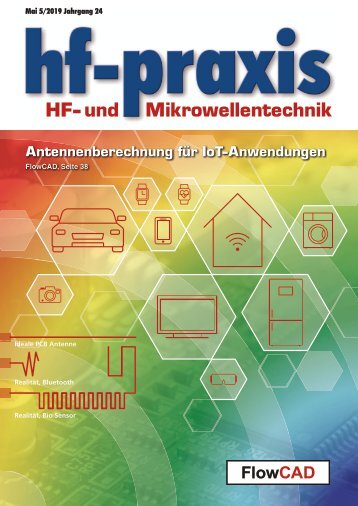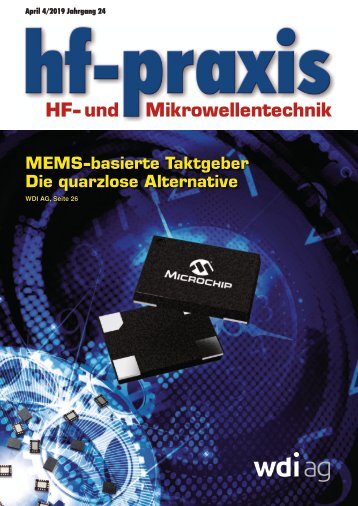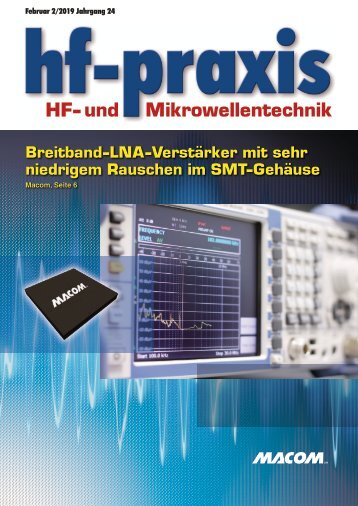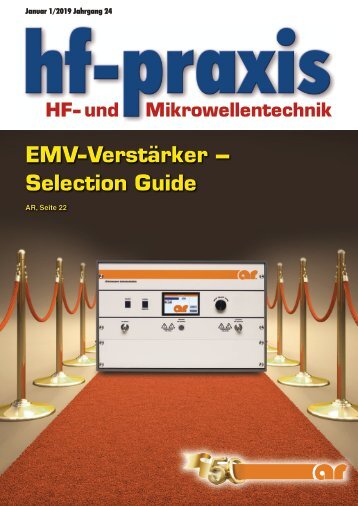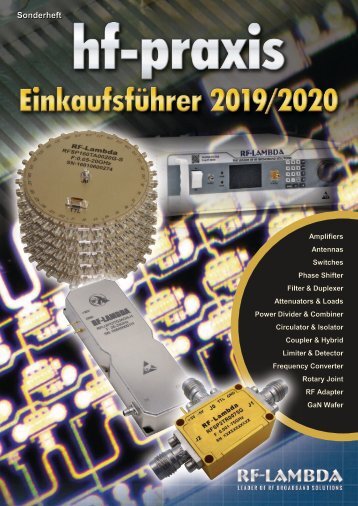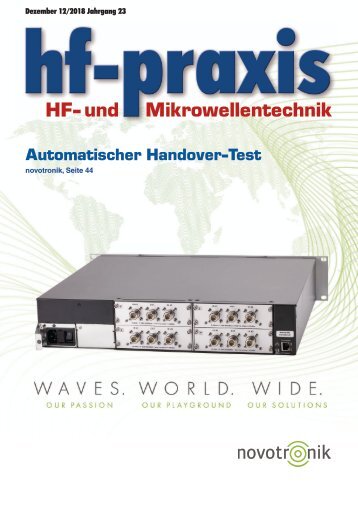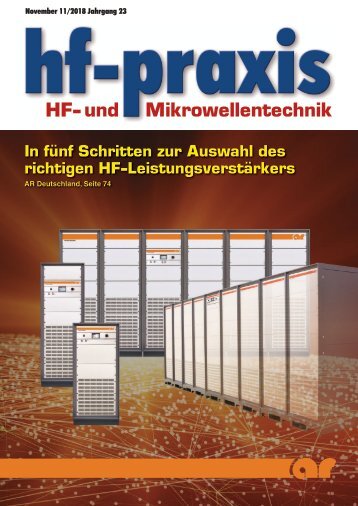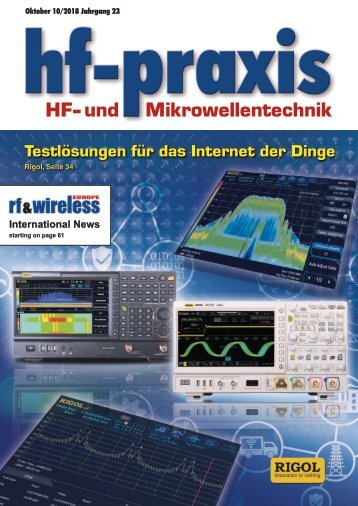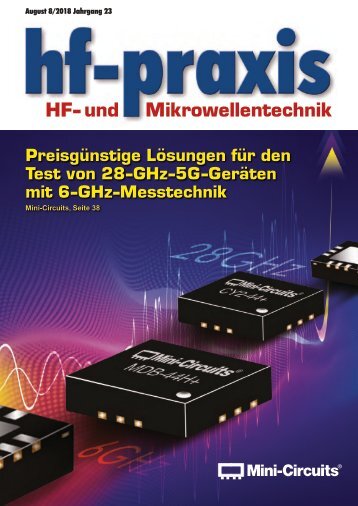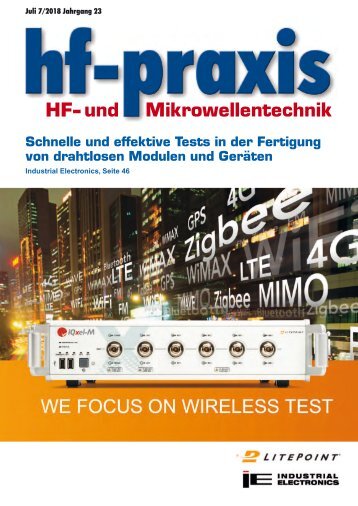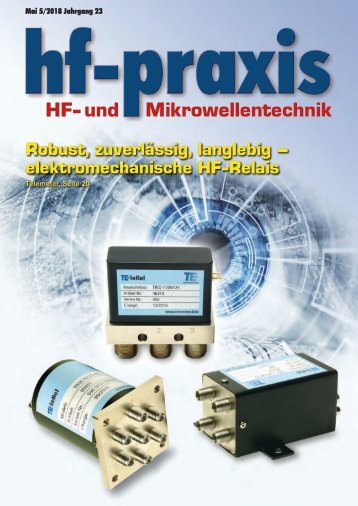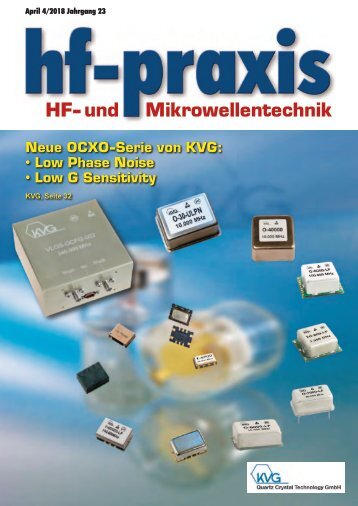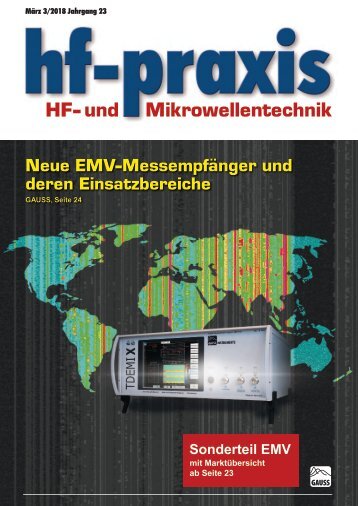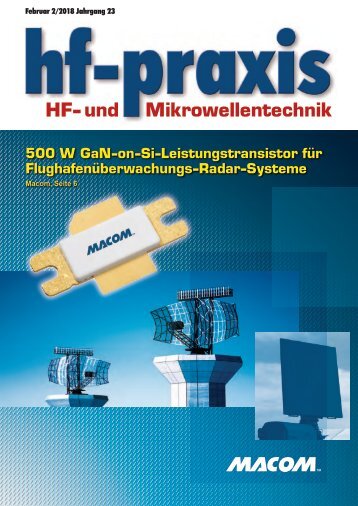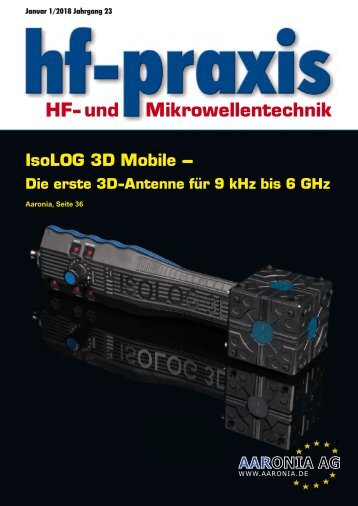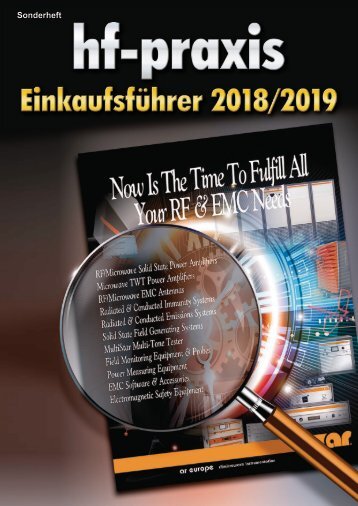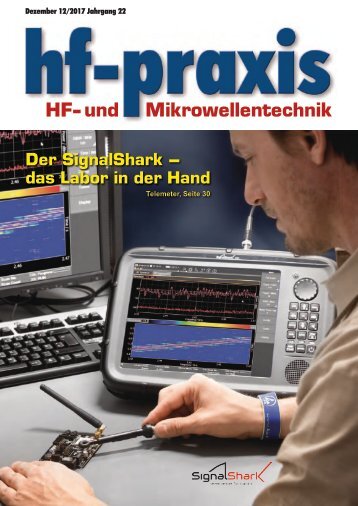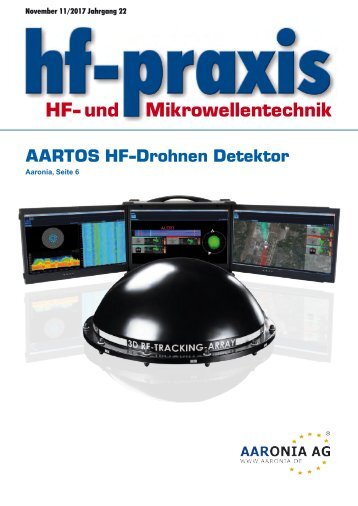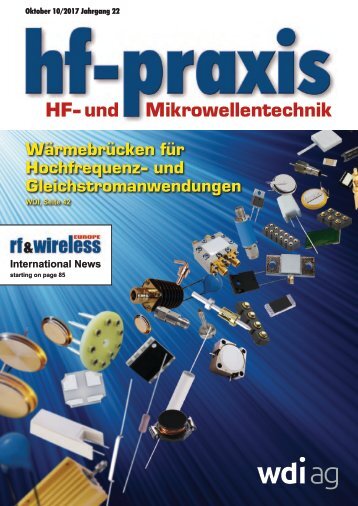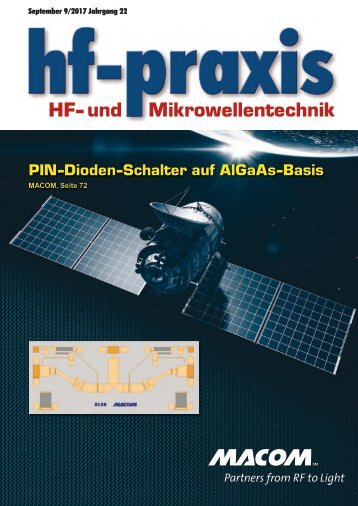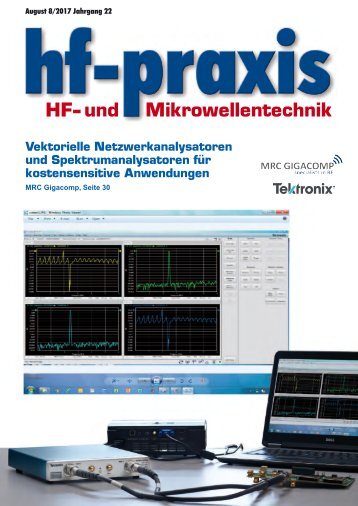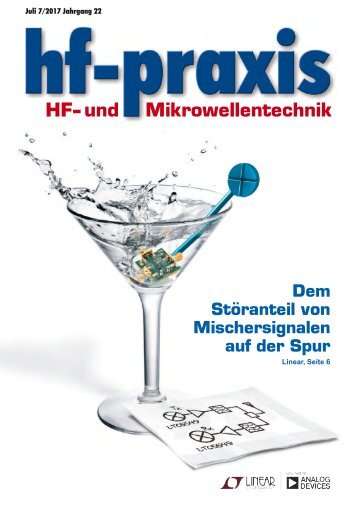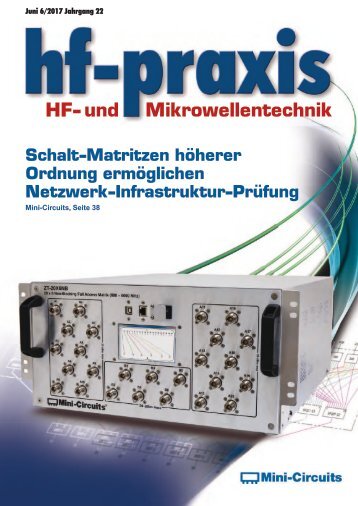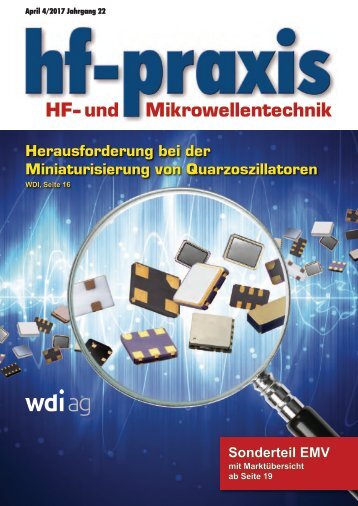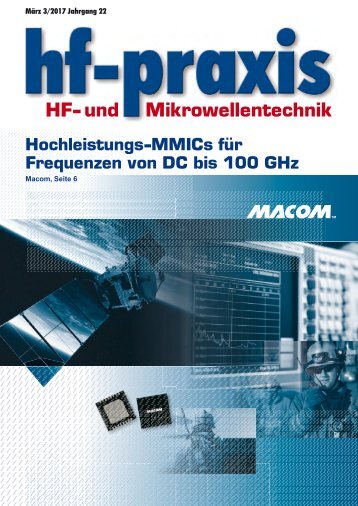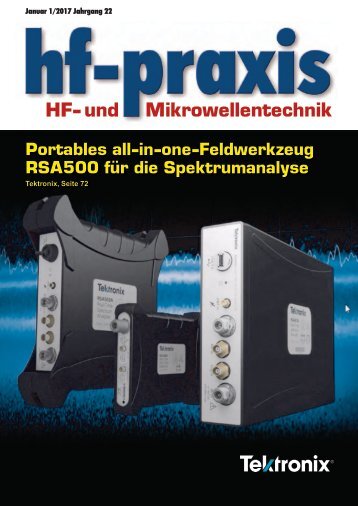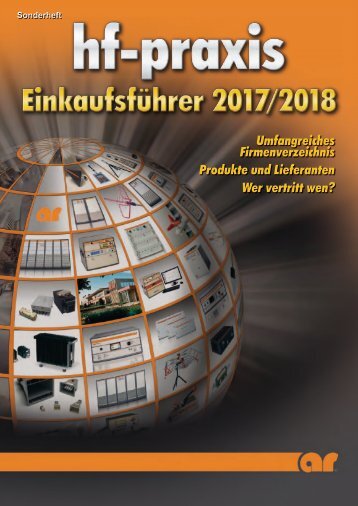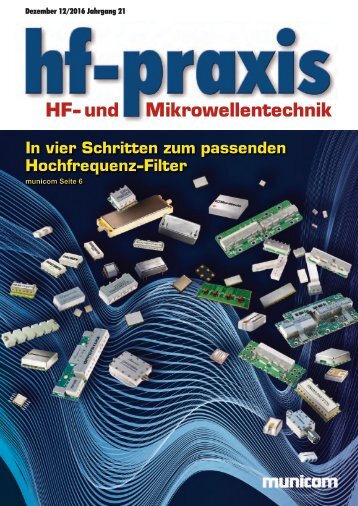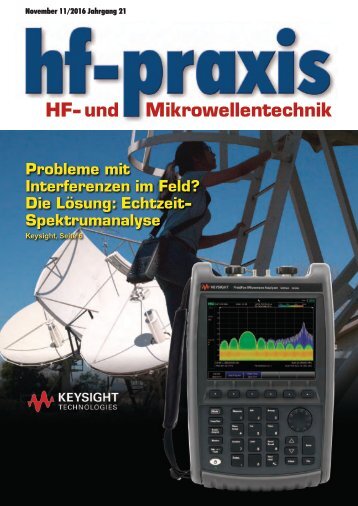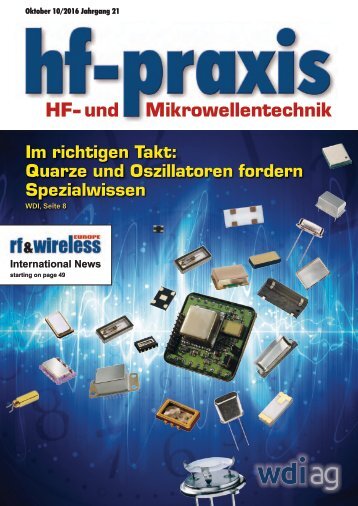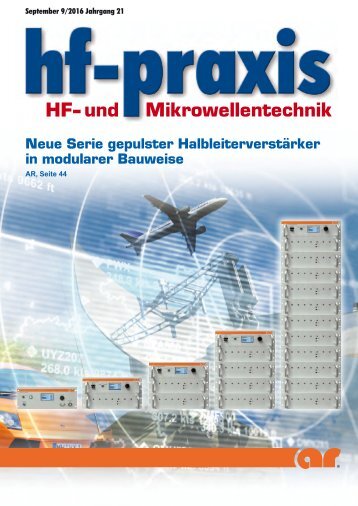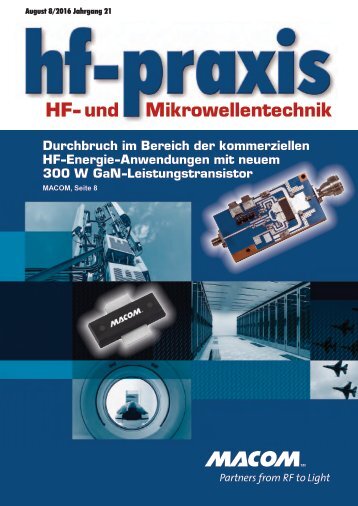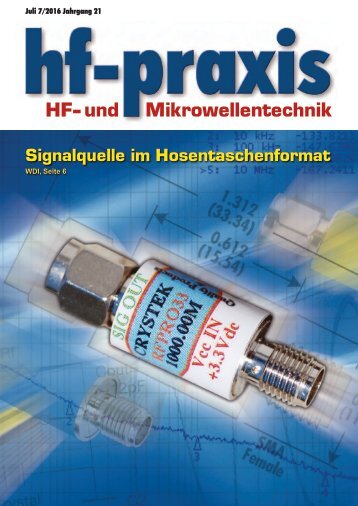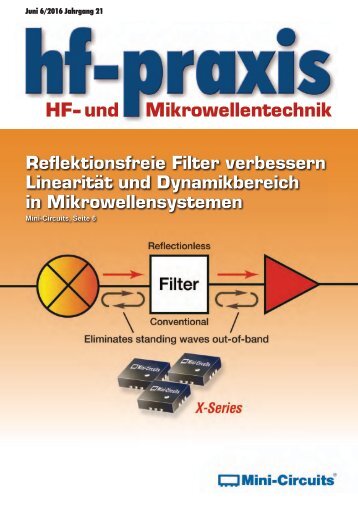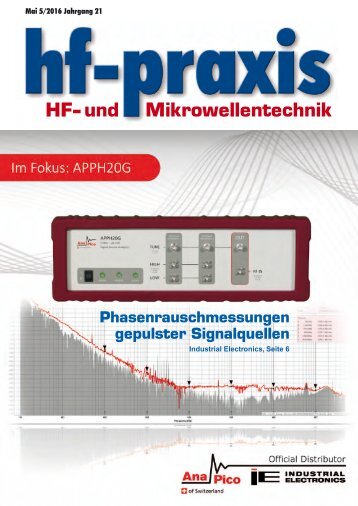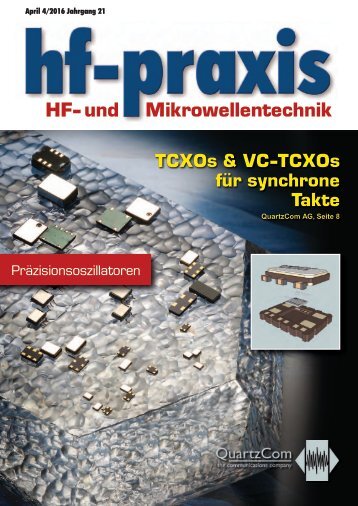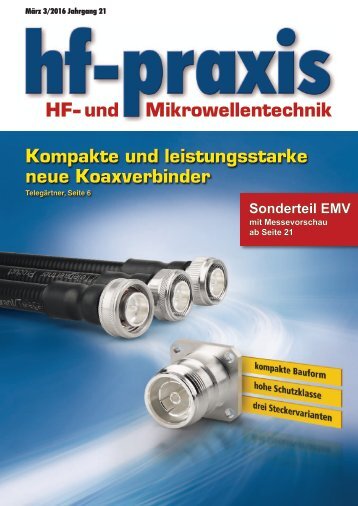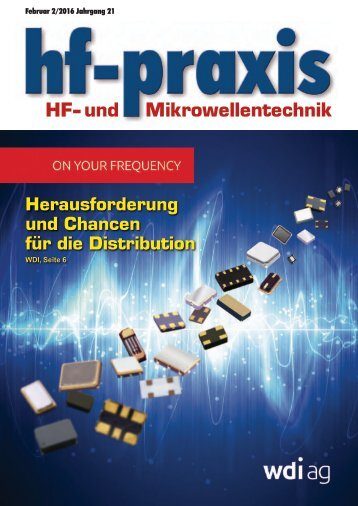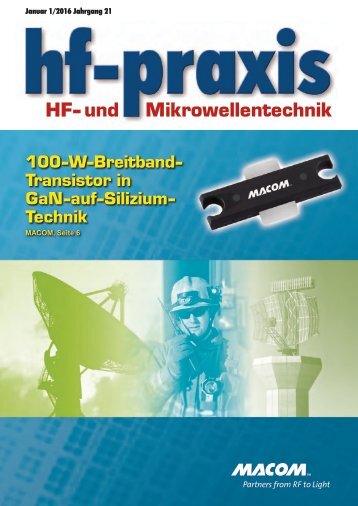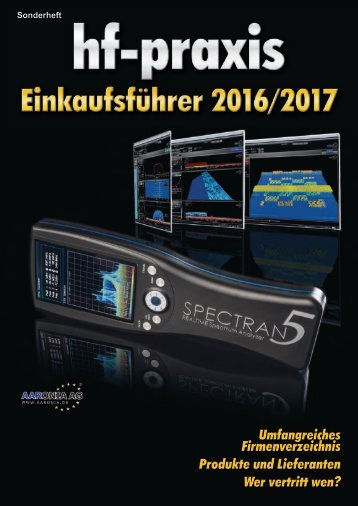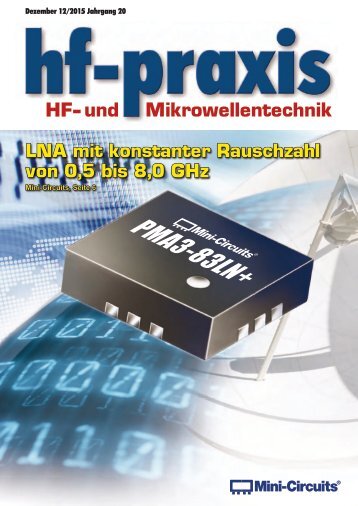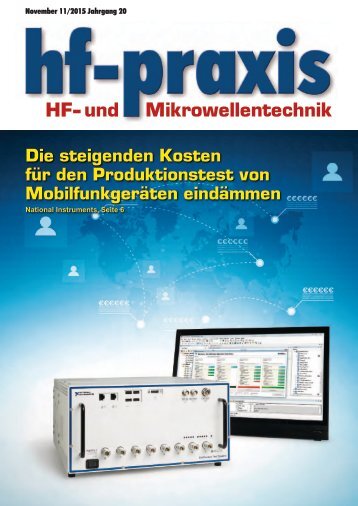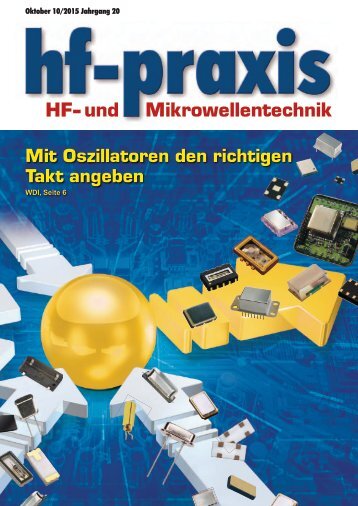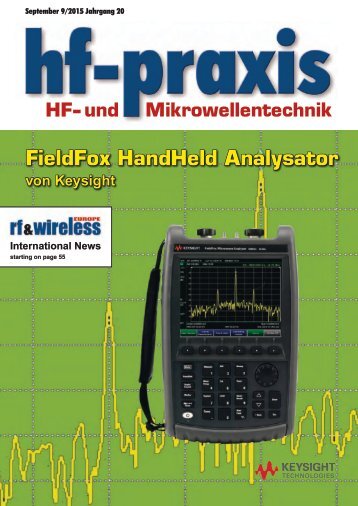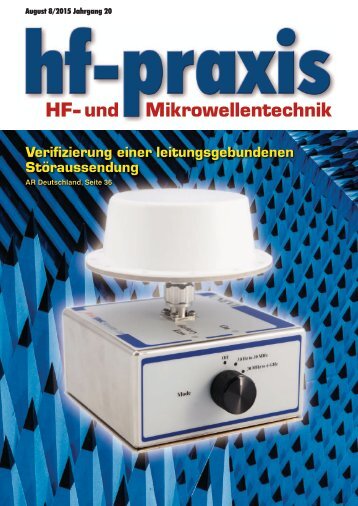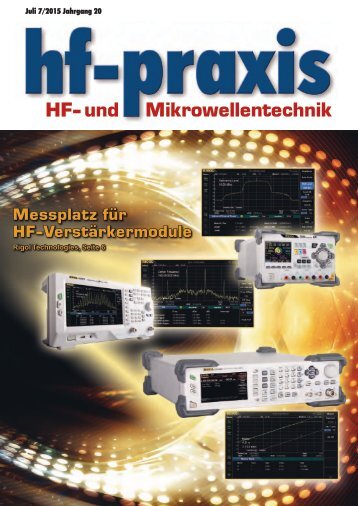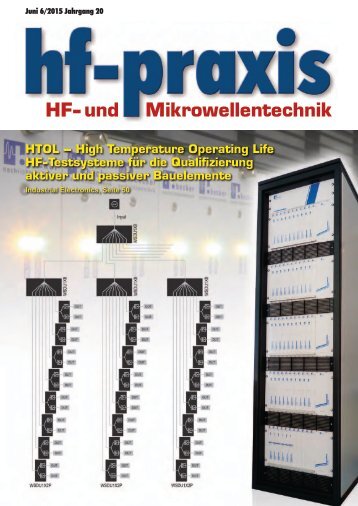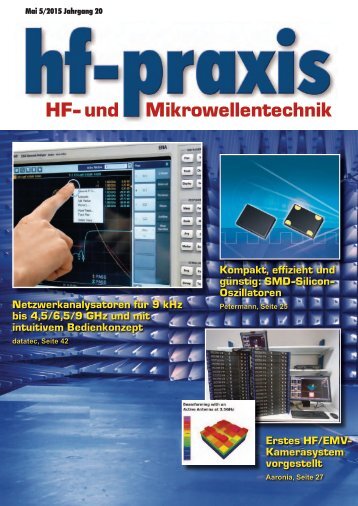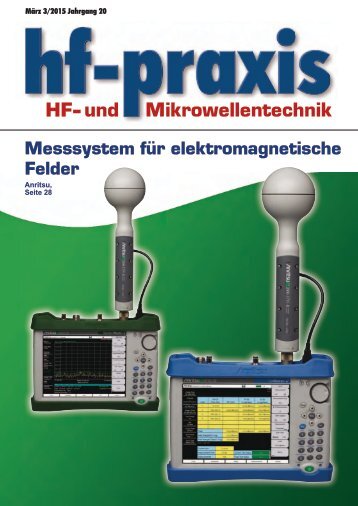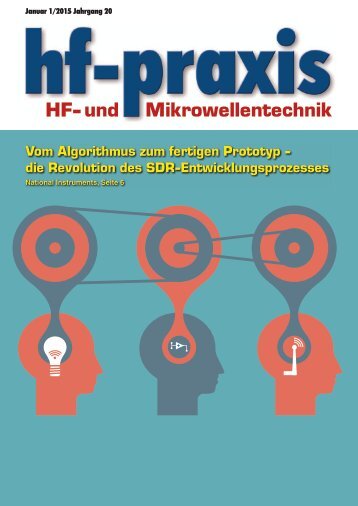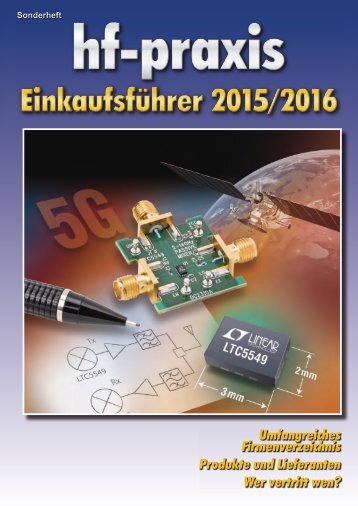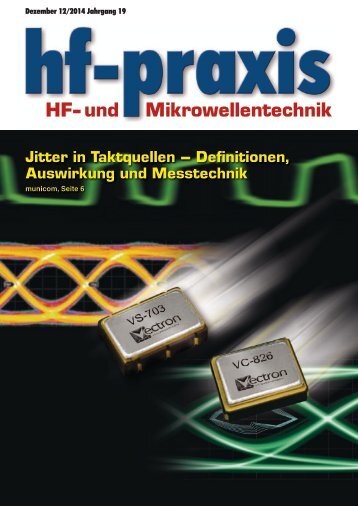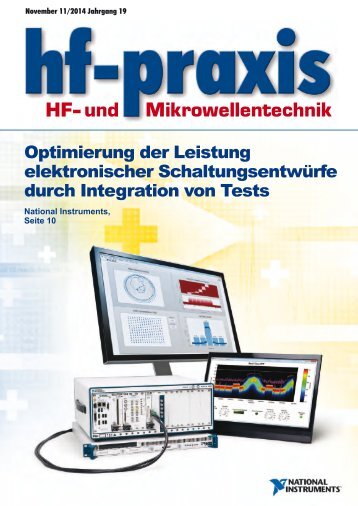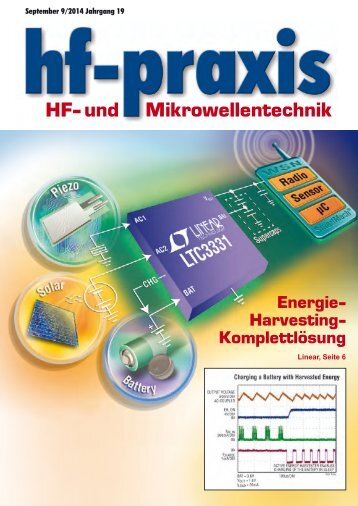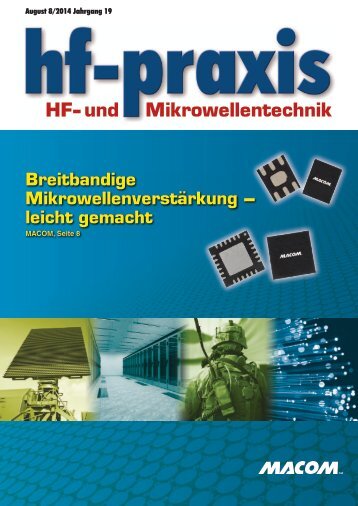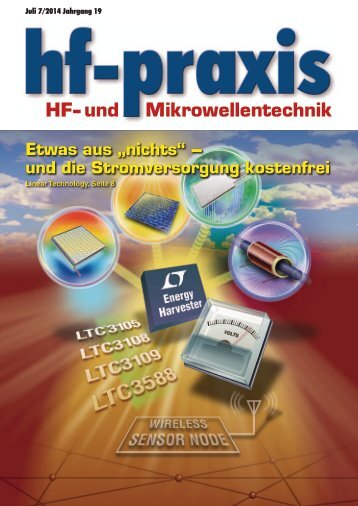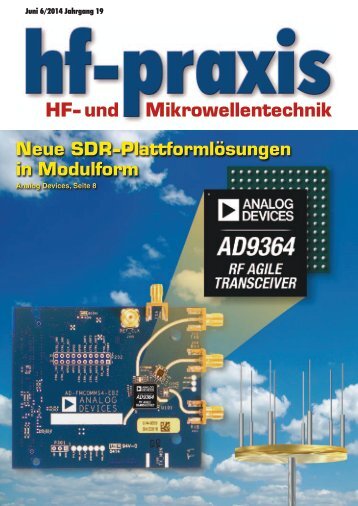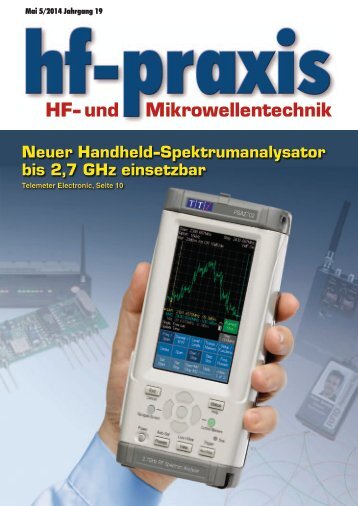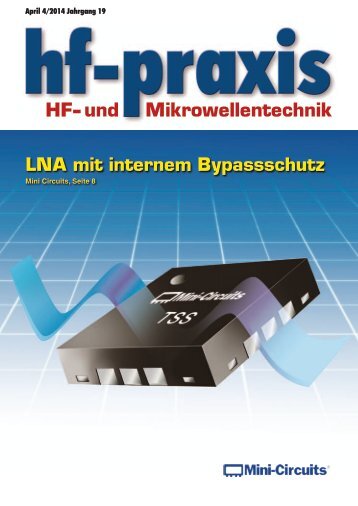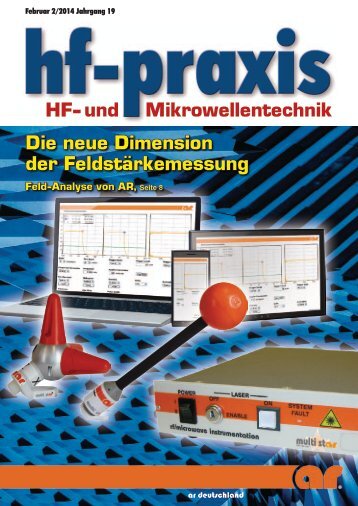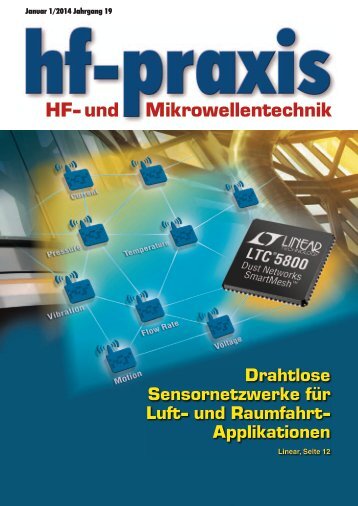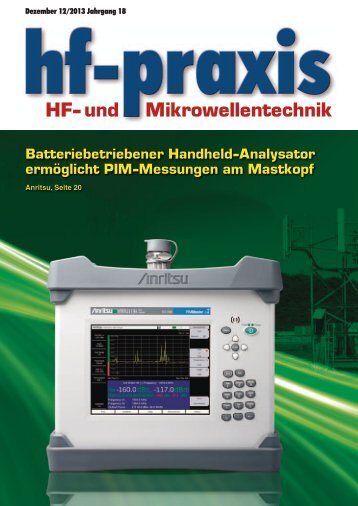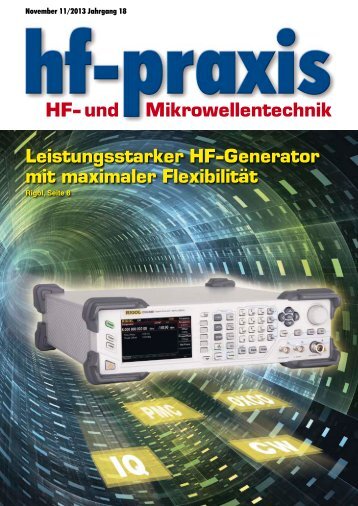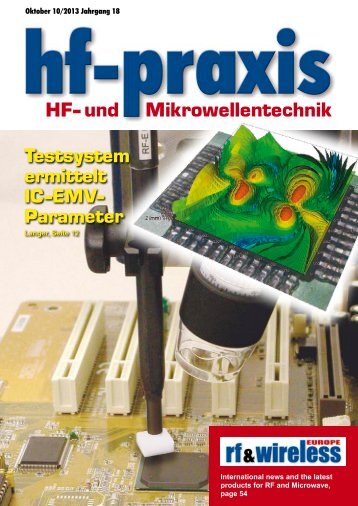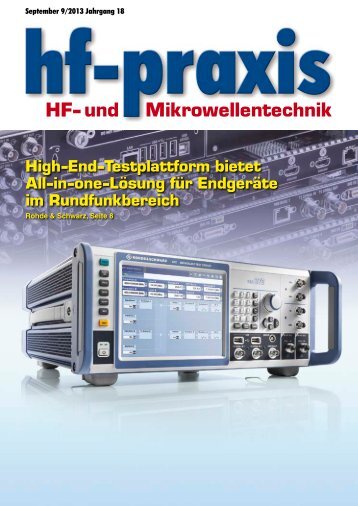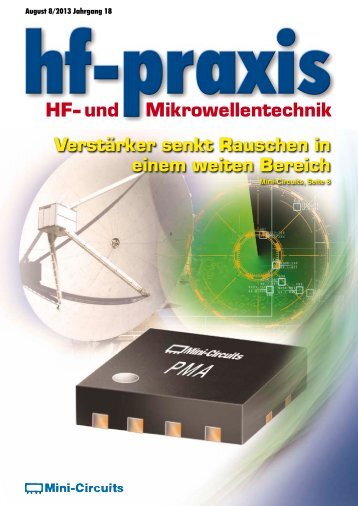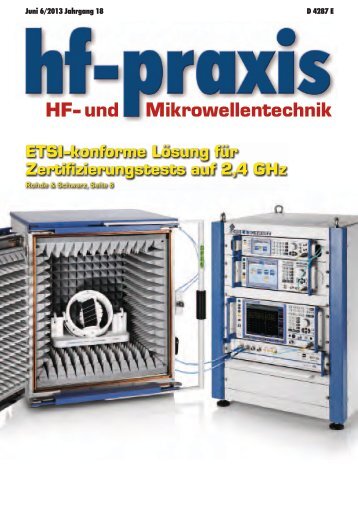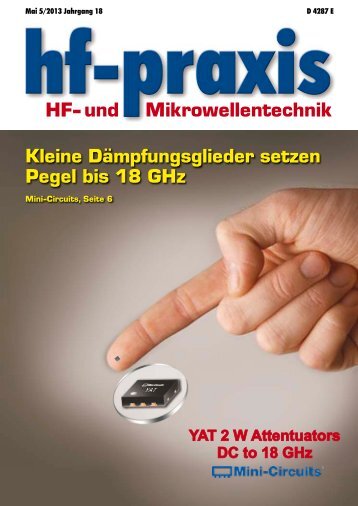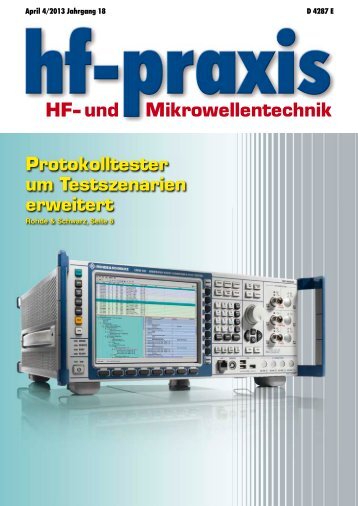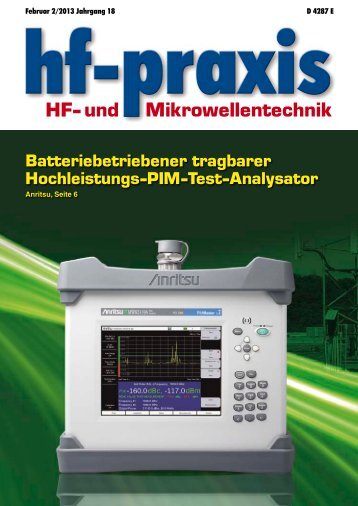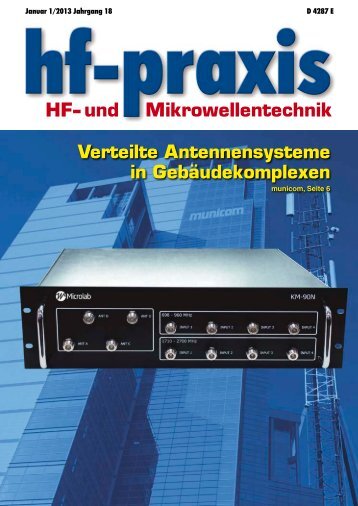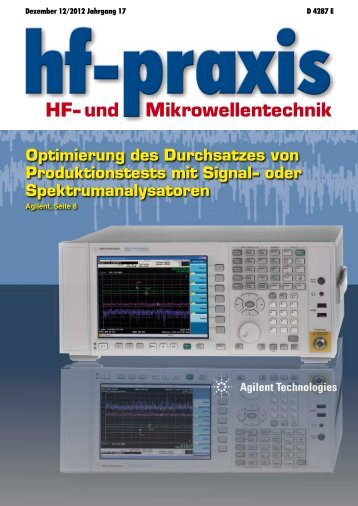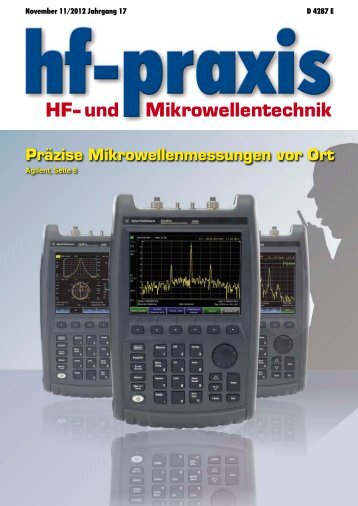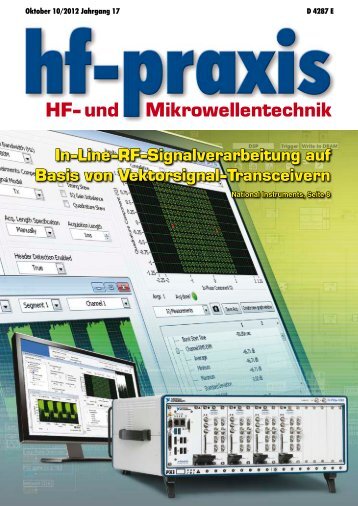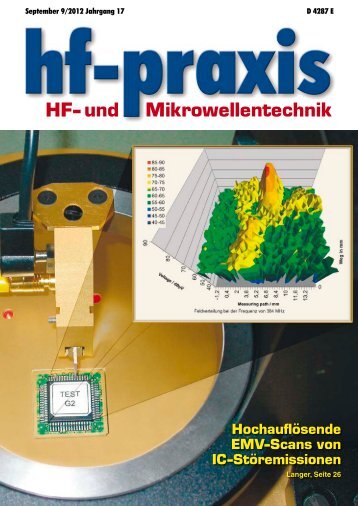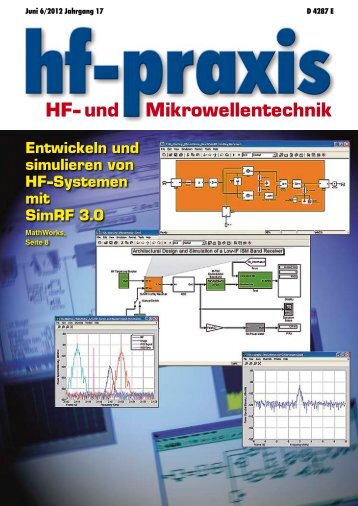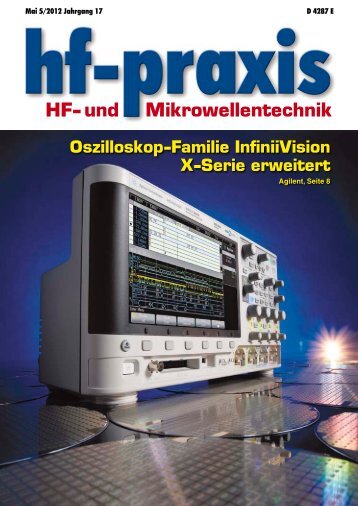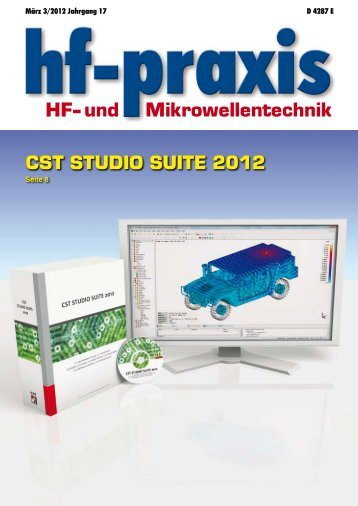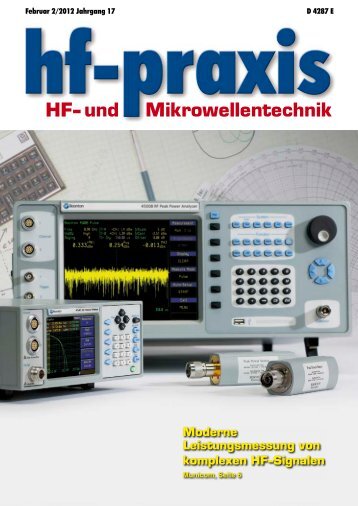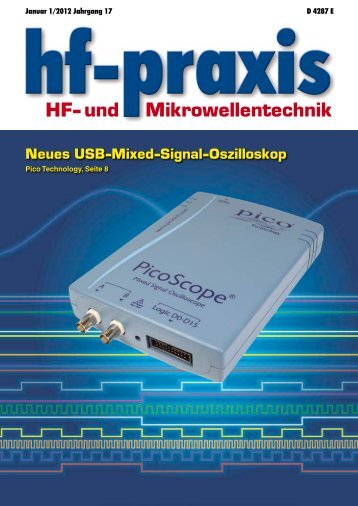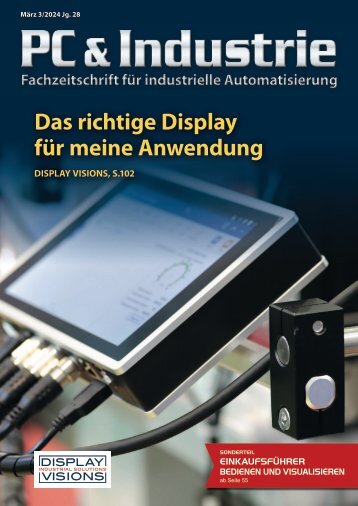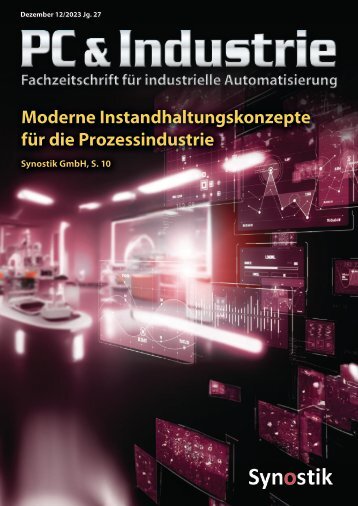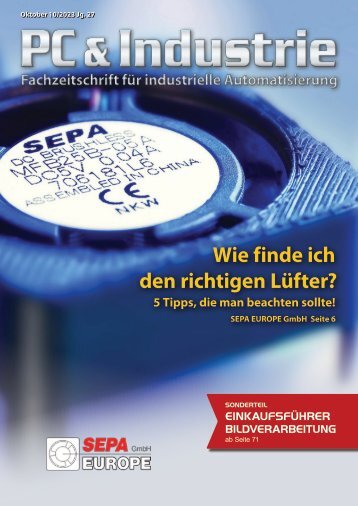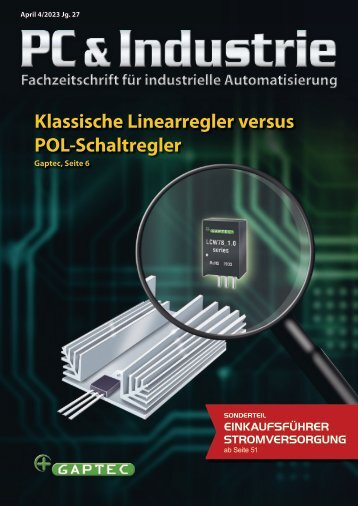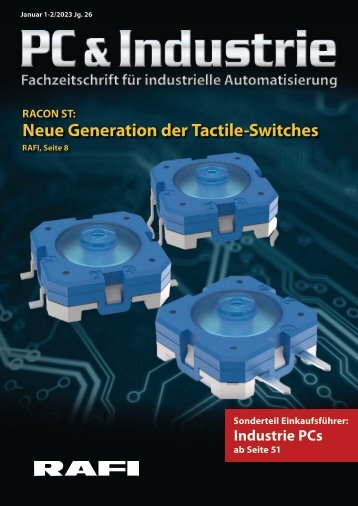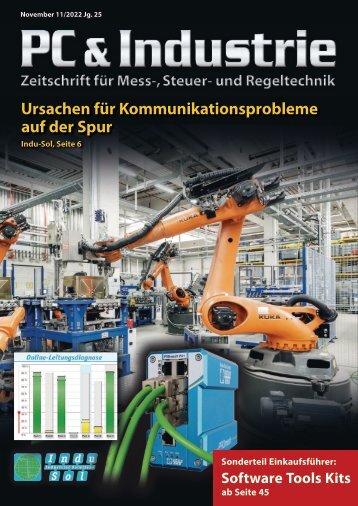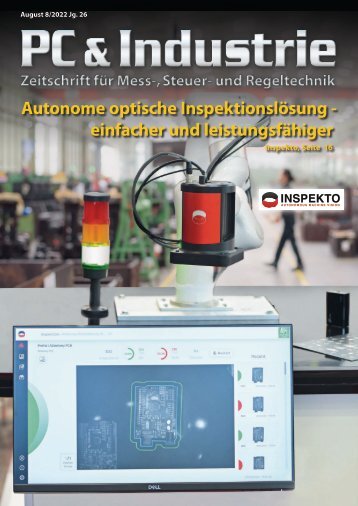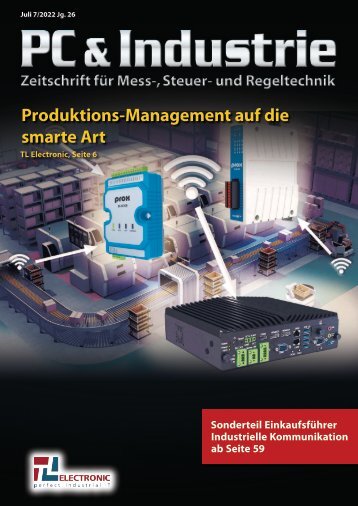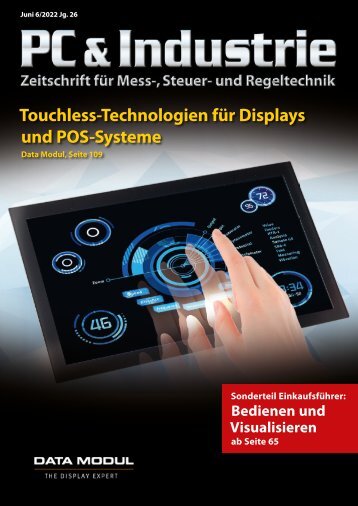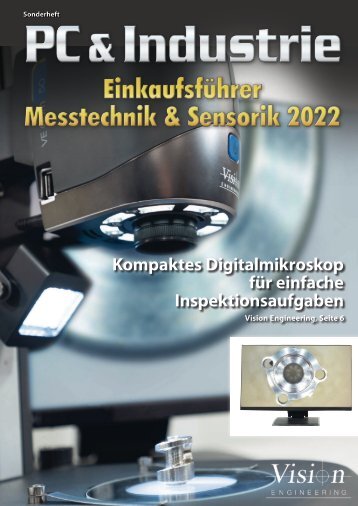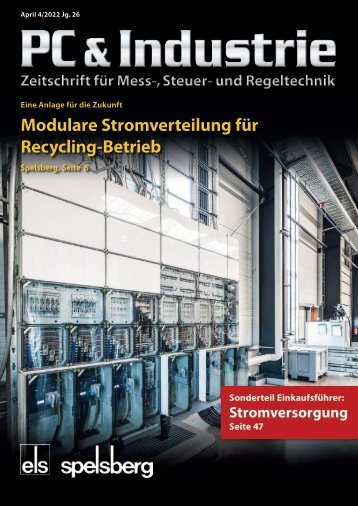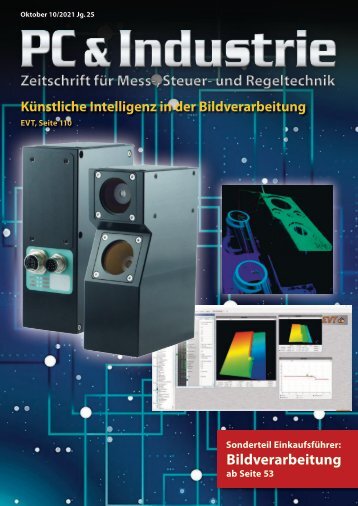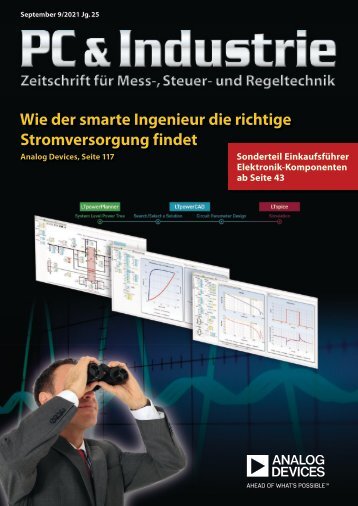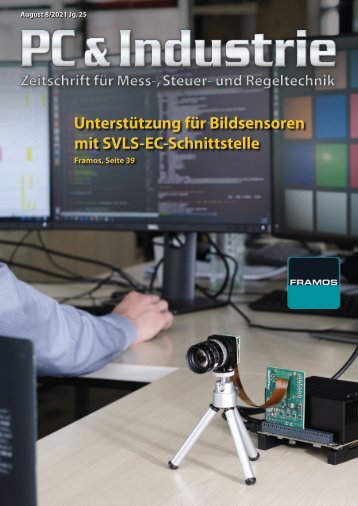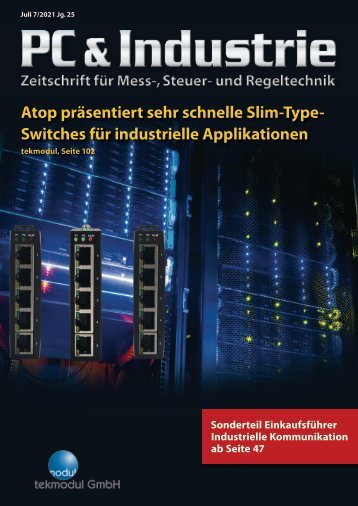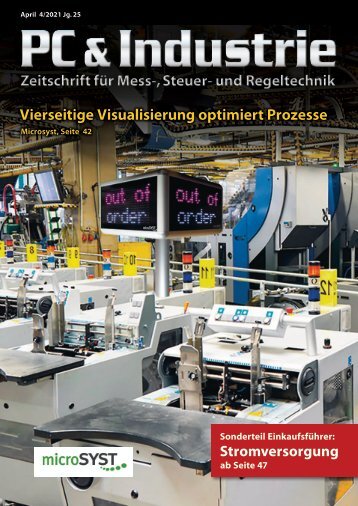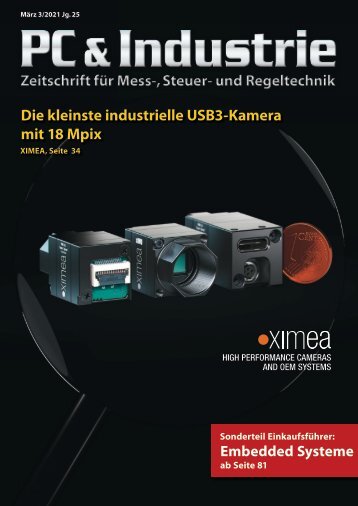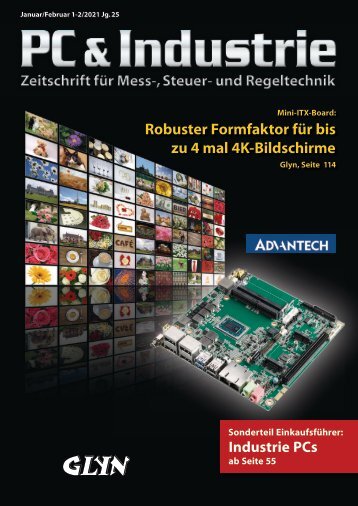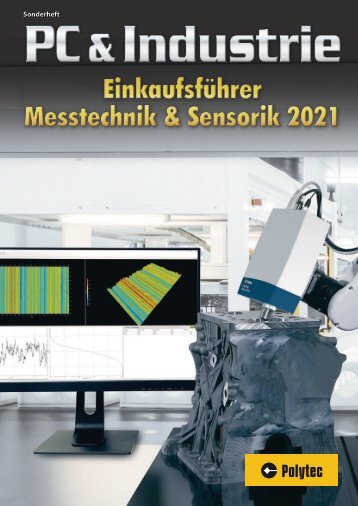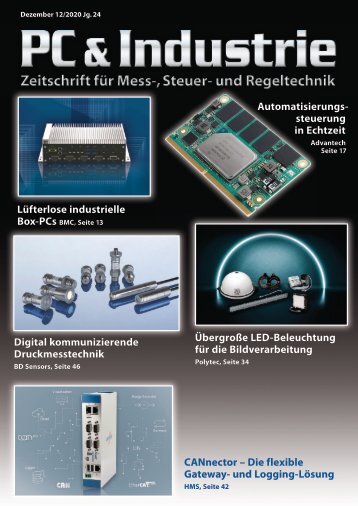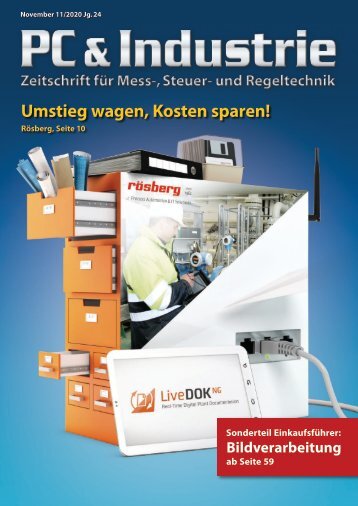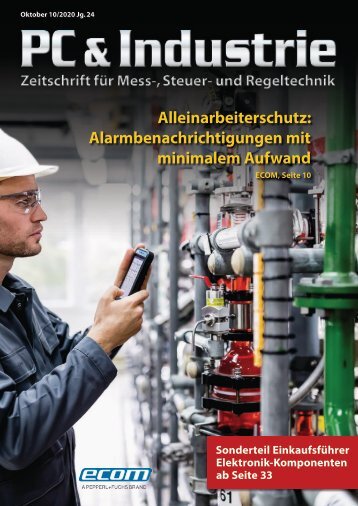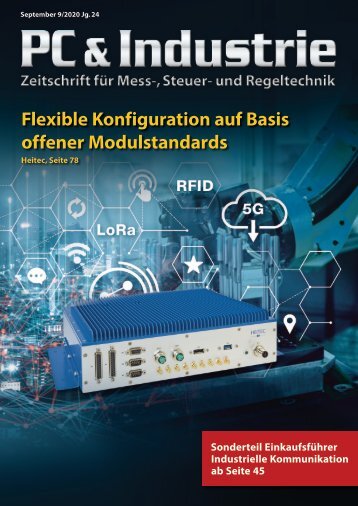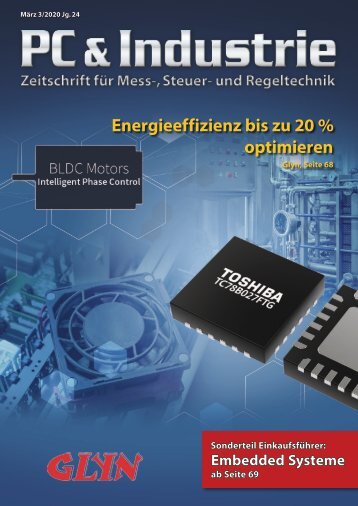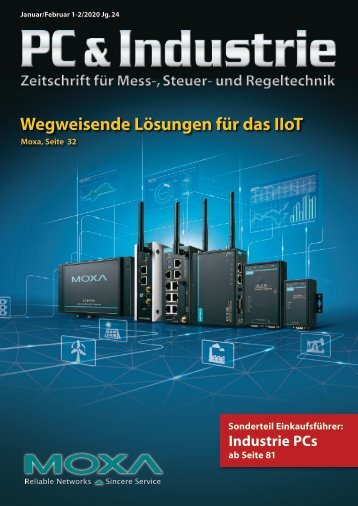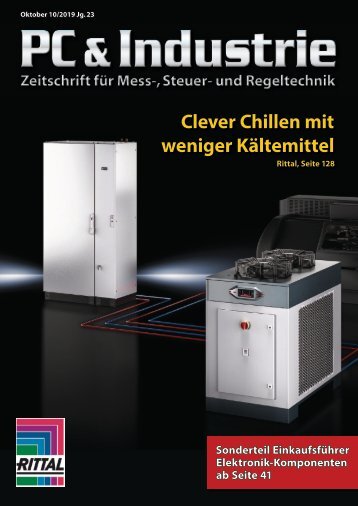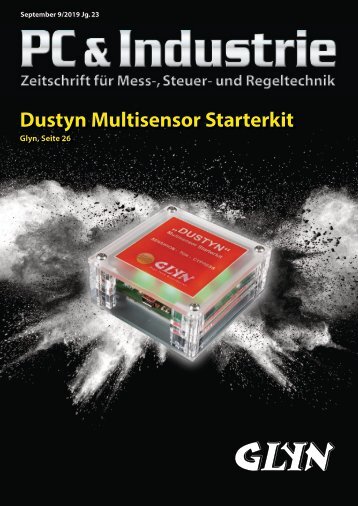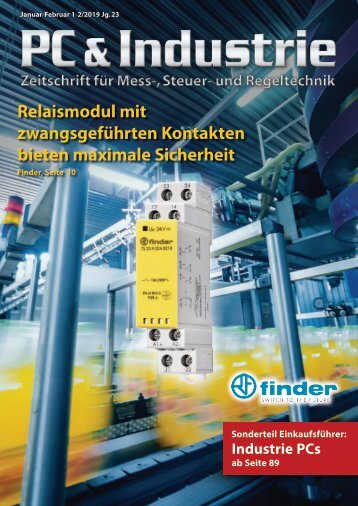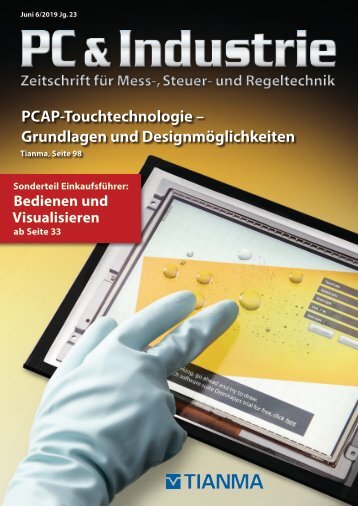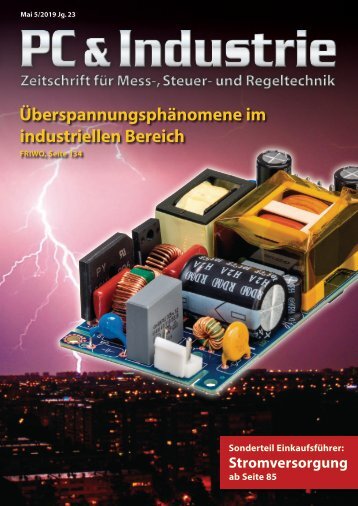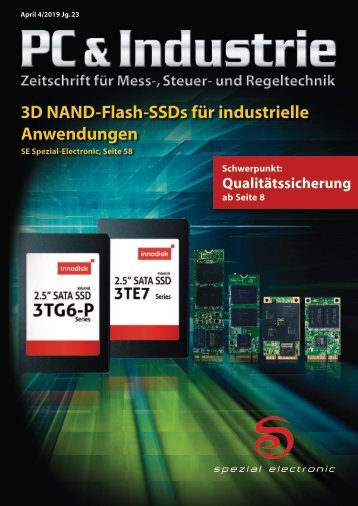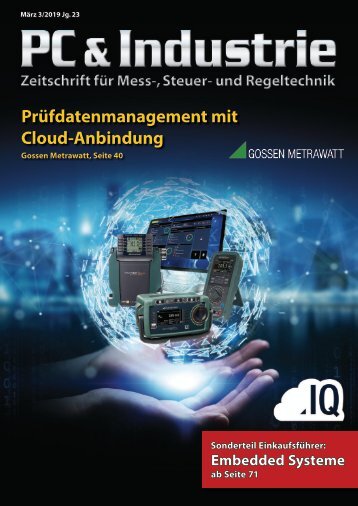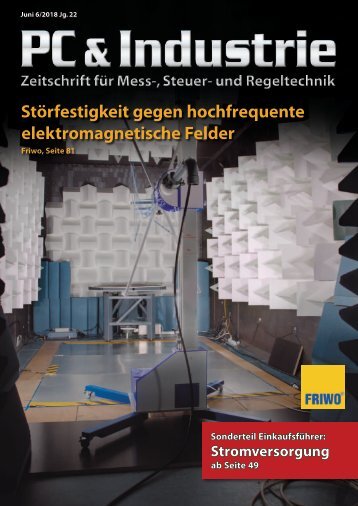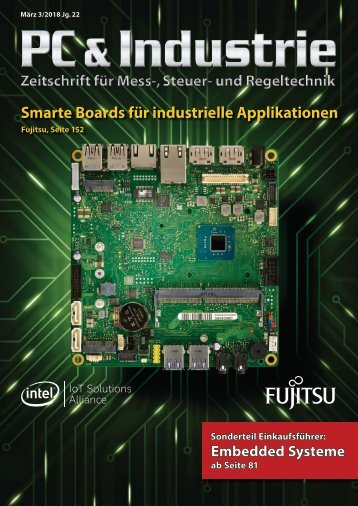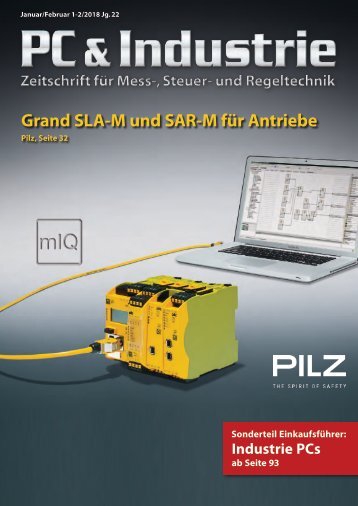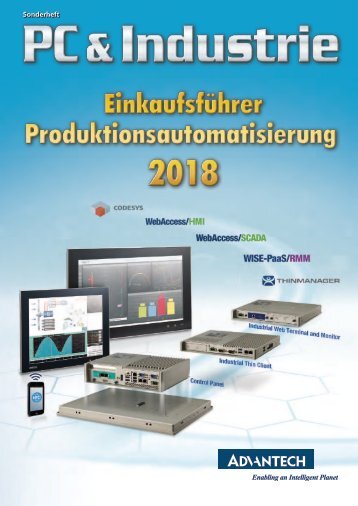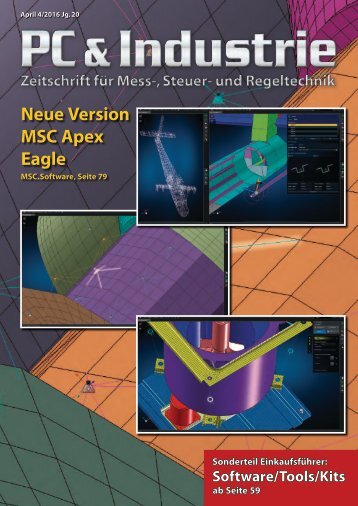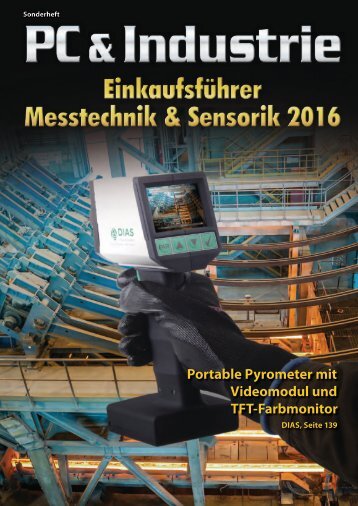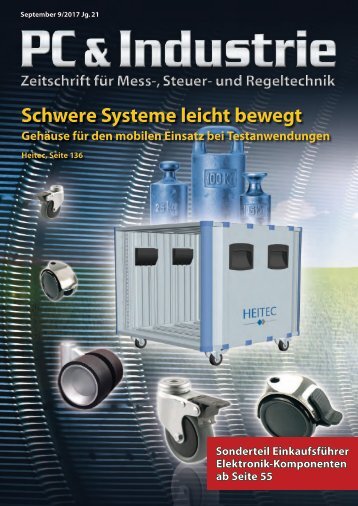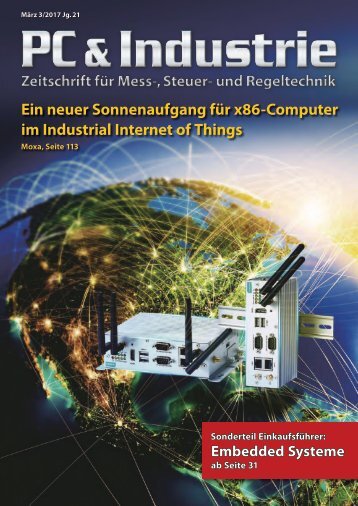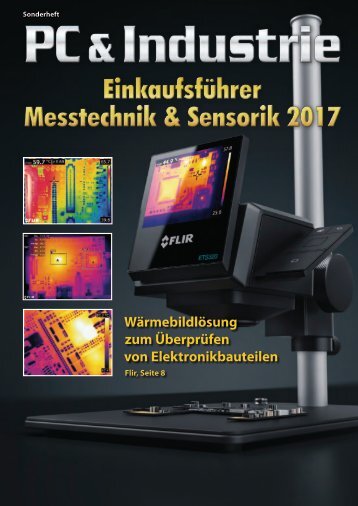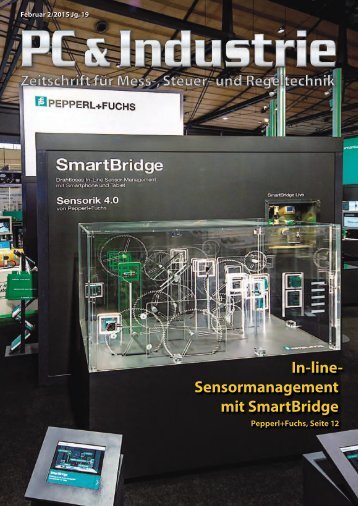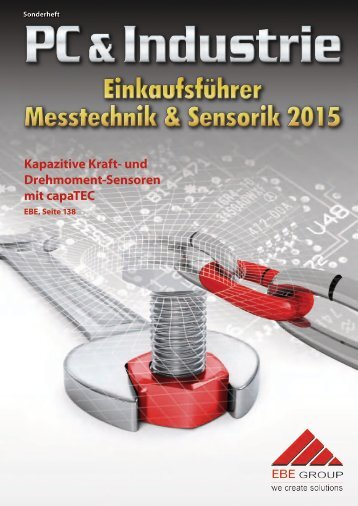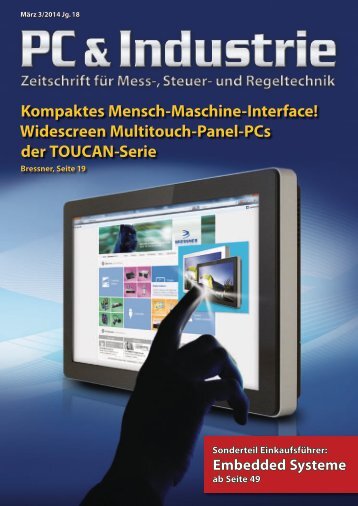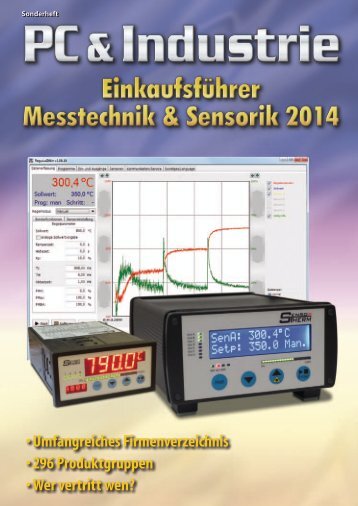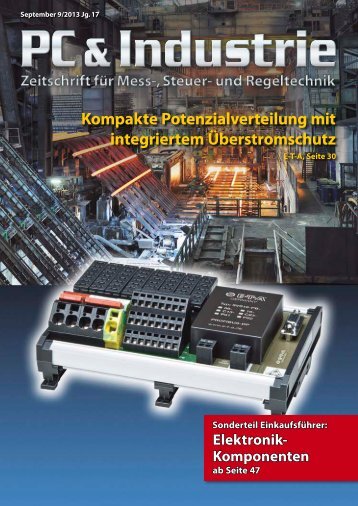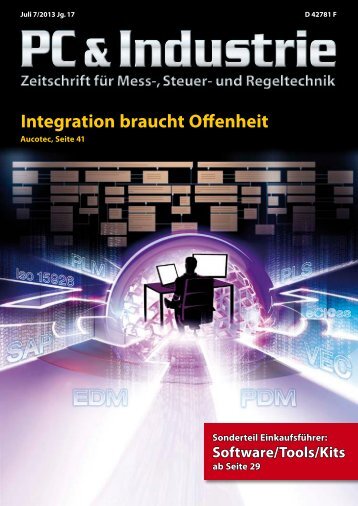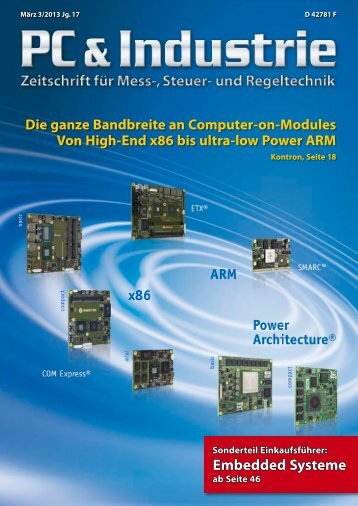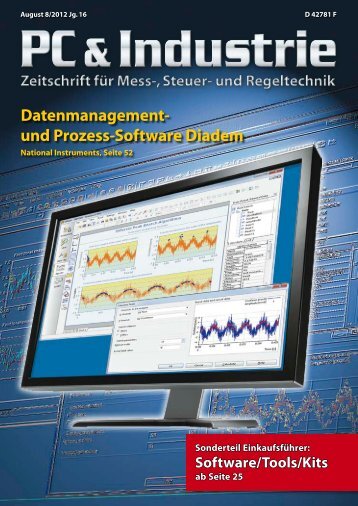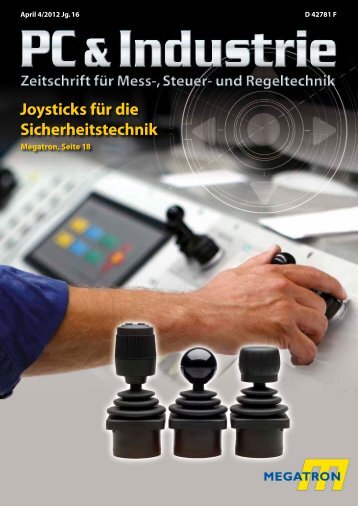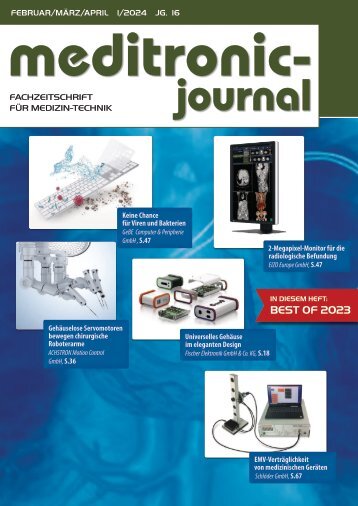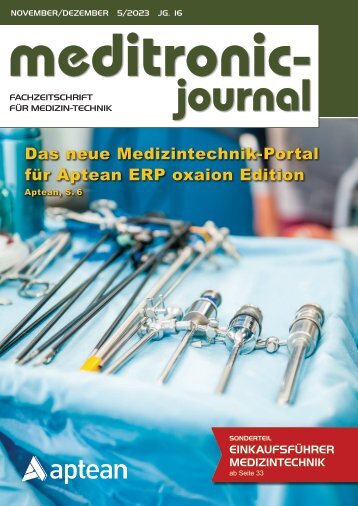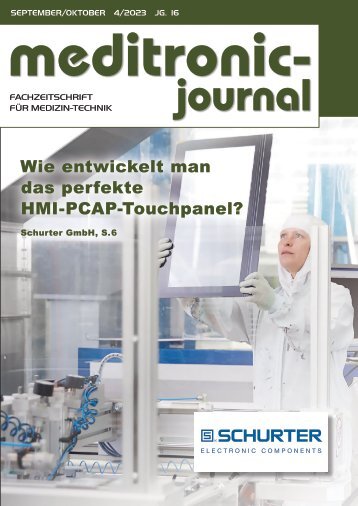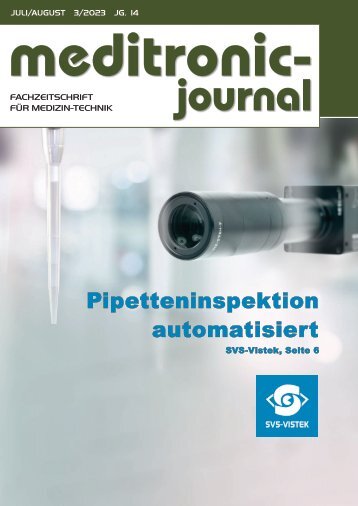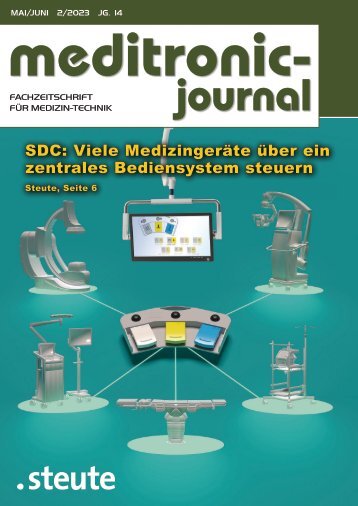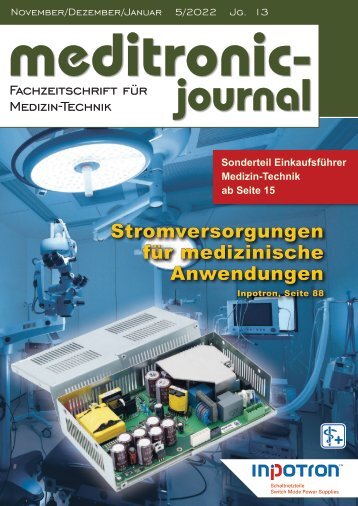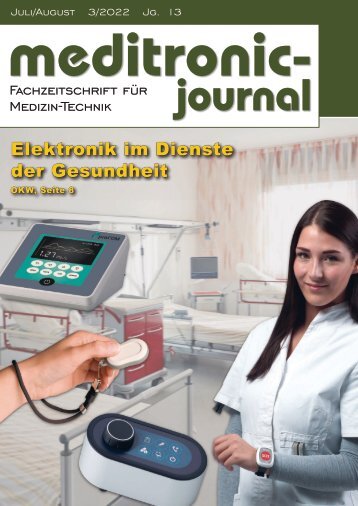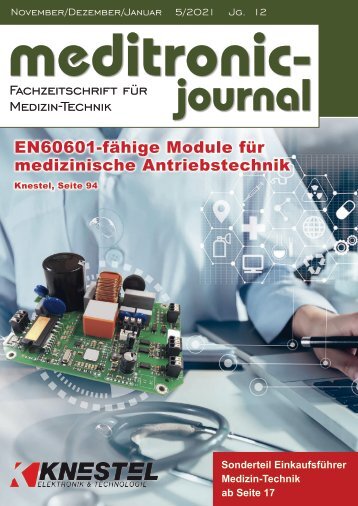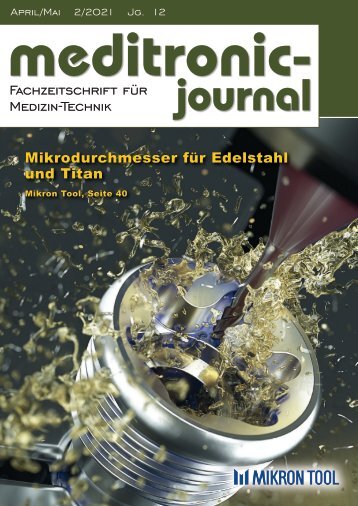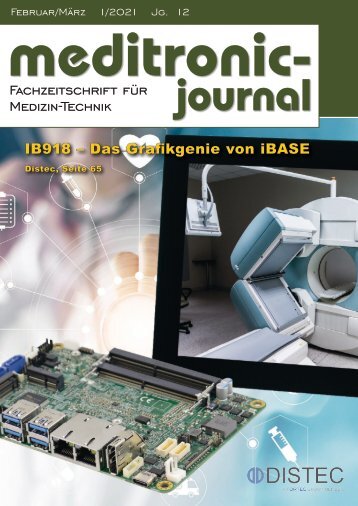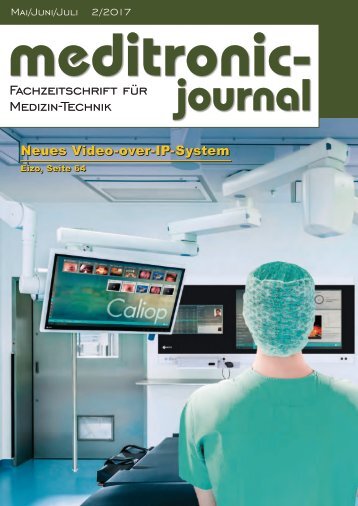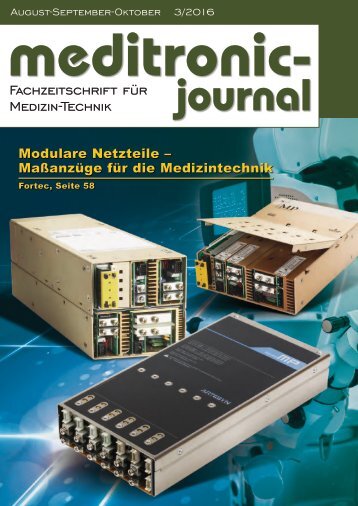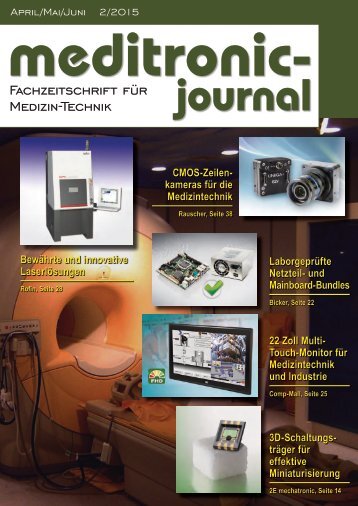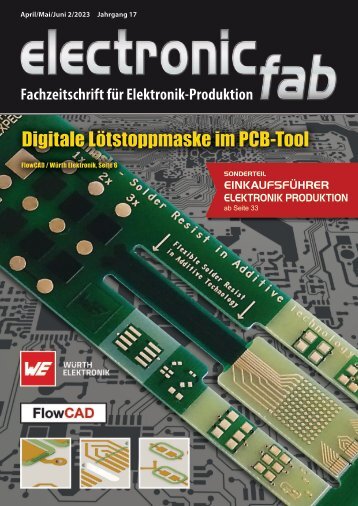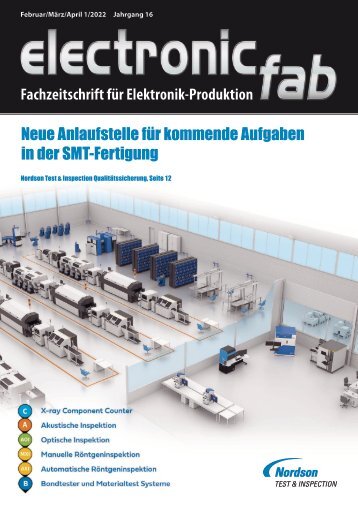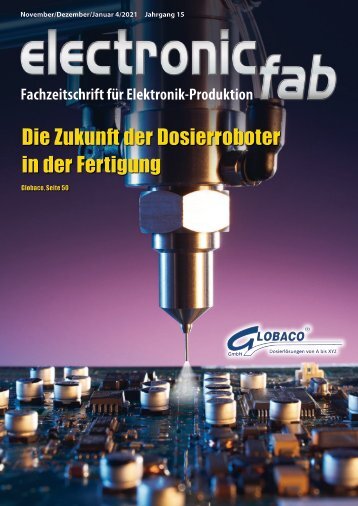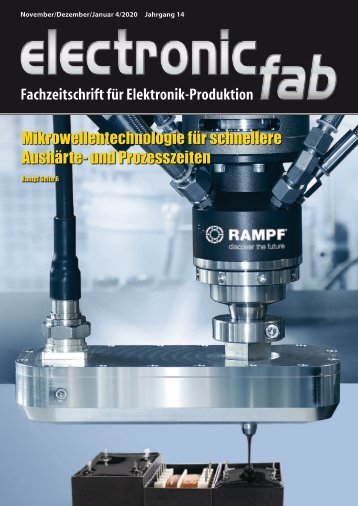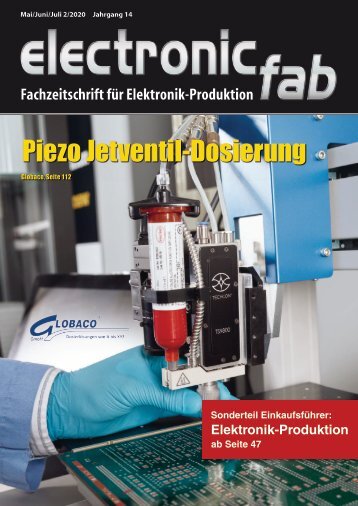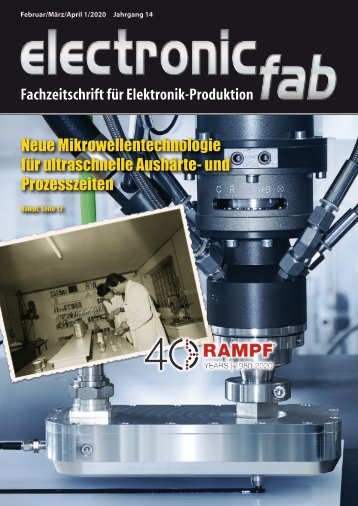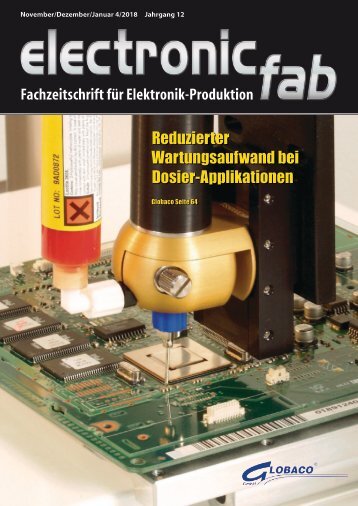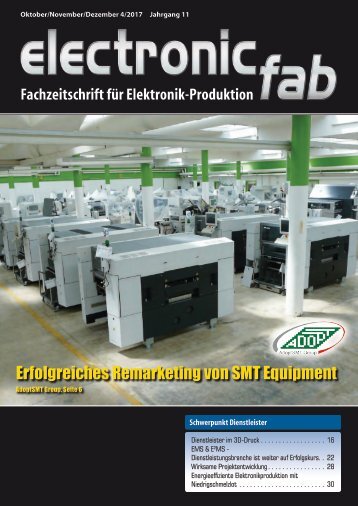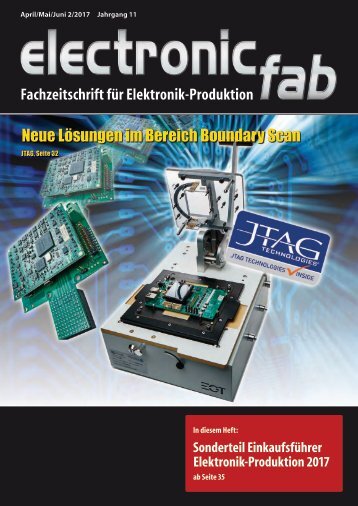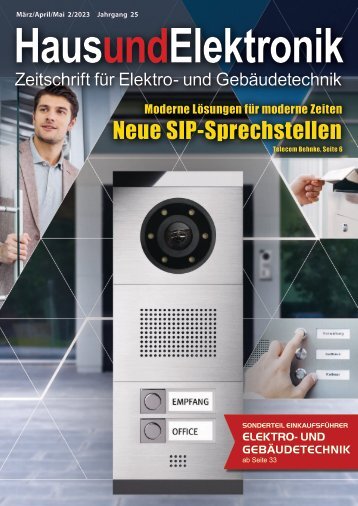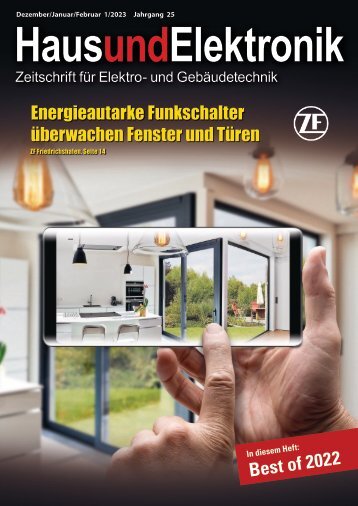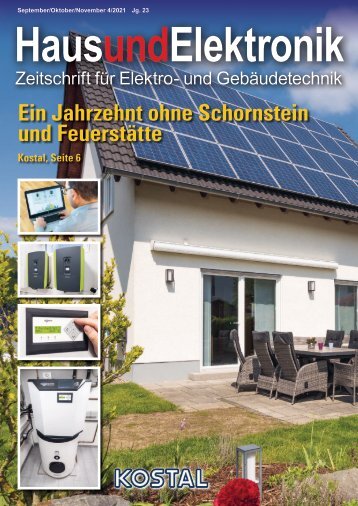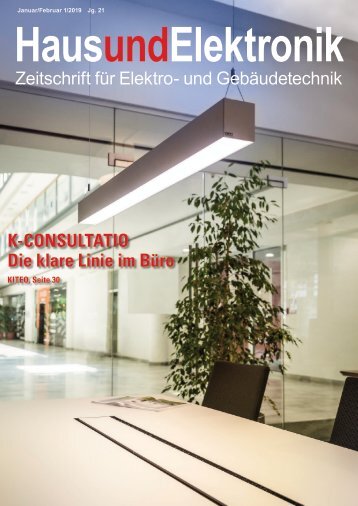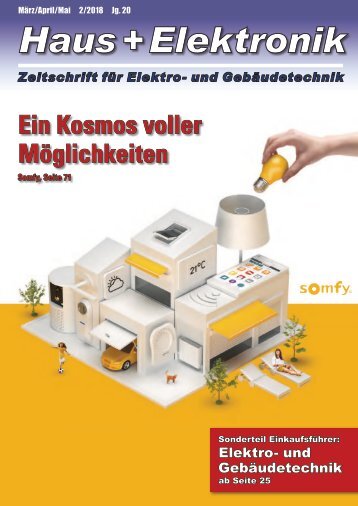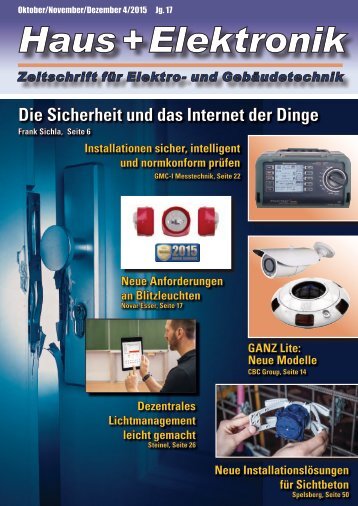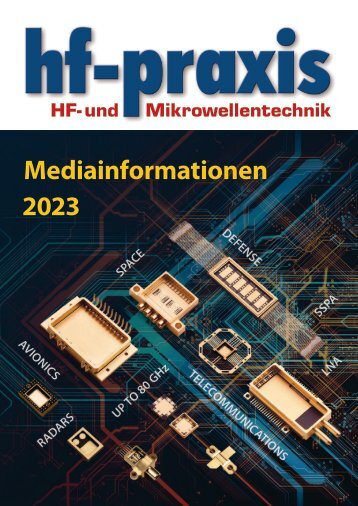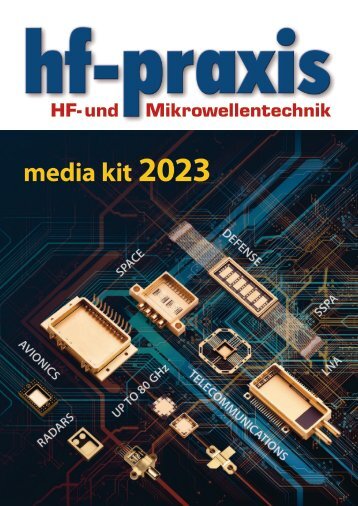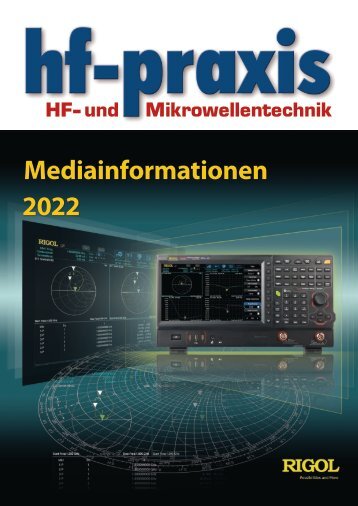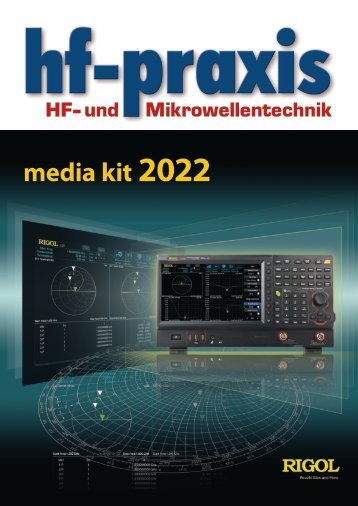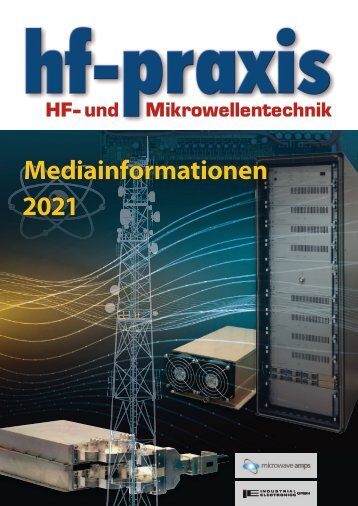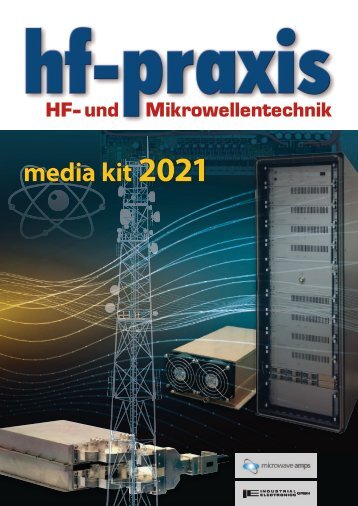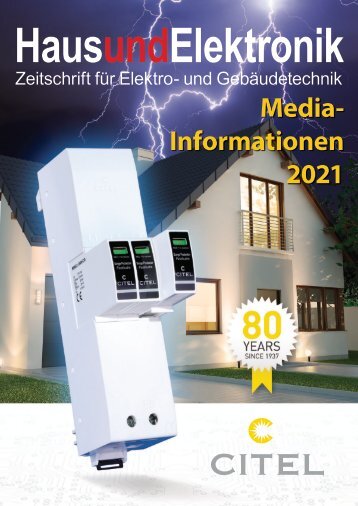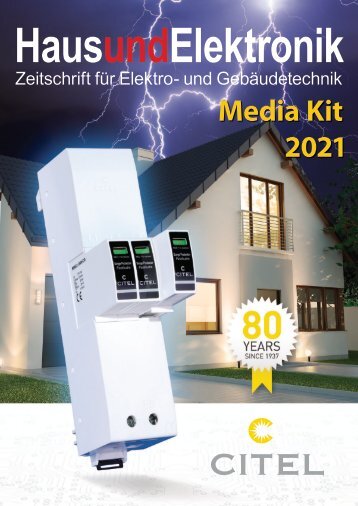Herzlich Willkommen beim beam-Verlag in Marburg, dem Fachverlag für anspruchsvolle Elektronik-Literatur.
Wir freuen uns, Sie auf unserem ePaper-Kiosk begrüßen zu können.
6-2019
- Text
- Antennen
- Komponenten
- Technik
- Radio
- Filter
- Quarze
- Emv
- Messtechnik
- Bauelemente
- Antennas
- Wireless
- Oszillatoren
Fachzeitschrift für Hochfrequenz- und Mikrowellentechnik
RF & Wireless Figure 6:
RF & Wireless Figure 6: Structure of the proposed diplexer Figure 7: Stepped-impedance open stub diplexers are intended for use in handheld devices and personal communication systems, they need to be as compact and planar as possible, and the common procedure is to combine two bandpass filters (BPF) via an optimized t-junction [3]. It is important to design the BPFs for low insertion loss, the appropriate bandwidth, selectivity, and out-of-band rejection. In addition, the isolation of the overall system is an important parameter in order to avoid unnecessary loading at the frontend devices. BPF filters present controllable transmission zeros, which is the frequency at which the transfer function of a linear two-port network has zero transmission. This ensures an acceptable stopband rejection is available to maximize isolation between crossbands (transmit/ receive frequencies). Figure 6 shows the structure of the proposed diplexer, which consists of two BPFs, a stepped-impedance resonator (SIR), and a matching circuit between filters combined at the antenna port with a t-junction/matching structure. The t-junction is typically used in a combining circuit and requires careful design of the width and length of the microstrip transmission lines, which was accomplished using Microwave Office software [4]. The center frequencies of designed BPFs were 1.8 and 2.6 GHz for the B3 and B7 LTE bands, respectively. There was a tradeoff between the order and dimensions of the filters. In order to constrain the size, a first-order Chebyshev filter was preferred due to the fewer number of reactive components, low ripple at the passband, and steep roll-off at the skirt of the transition bands [4]. In order to design the BPF, one transmission line and two stepped-impedance open stubs were used because they generated two transmission zeros near the passband frequency [5] and the bandwidth of the filters could be easily controlled by relocating those transmission zeros. The two stepped-impedance stubs provided low loss, good selectivity, and a steep transition band. Figure 7 shows the configura- Figure 8: Filter parameters of the BPF for the B3 LTE band Figure 9: S-parameter results of the EM simulation for the B3 LTE bandpass filter 46 hf-praxis 6/2019
RF & Wireless Figure 11: S-parameters of the EM simulation results for the B7 bandpass filter Figure 10: Circuit elements and variables of the B7 band BPF tion of the stepped-impedance model, where each step equals a Lambda/4 electrical length at the center frequency of the filter and Z1 and Z2 are the impedance of each segment. The line width and length of the microstrip transmission lines were calculated according to the electrical length of the quarterwave length for a Rogers Duroid 6010 substrate with a dielectric constant of 10.8 and thickness of 0.635 mm. The calculations were done using the TX-LINE transmission-line calculator in Microwave Office software. Two identical stepped-impedance open stubs were used in order to increase the stopband rejection ratio. Figure 8 shows the filter parameters of BPF for the B3 band with center frequency of 1.8 GHz in Microwave Office software. After the element variables were calculated and estimated, the next step was simulation. Two simulation approaches were considered. One is a linear simulation in which overall system parameters are calculated by separately cascading the S-parameters of each of the elements. This simulation provides insight about the circuit performance and matching characteristics of the elements. The second approach is to use electromagnetic (EM) simulation to analyze overall circuit behavior, validating the accuracy of the individual transmission line elements and their use in this modeling effort, and addressing any non-modeled parasitics such as coupling effects. Both approaches account for substrate features such as height of the substrate, height of the open space above the layout, and non-idealities of the conductor. After initially developing the circuit parameters (line widths, lengths) using the schematic-based transmission line elements, it was decided that the EM simulation approach would provide better accuracy and insight about circuit behavior after manufacturing. Figure 9 shows the S-parameters of the B3 LTE bandpass filter. The S11 parameters show the reflection loss as well as the matching characteristics. The S21 parameters show the insertion loss over frequency in which some signals are attenuated more than others due to the intended filtering. As shown in the Figure 9, the BPF for the B3 band at 1.8 GHz has excellent return loss (below 20 dB) and transmission zero (band rejection) at the B7 band (2.6 GHz), which will provide satisfactory isolation for the diplexer. Circuit elements and variables of the B7 LTE band BPF are shown in Figure 10. The two filters have similar circuit layout with different dimensions. Den kompletten Artikel finden Sie jetzt schon unter: www.beam-verlag.de/fachartikelarchiv-hf-technik/ The simulation results for the B7 band BPF are shown in Figure 11. Transition zero is adjusted to be in the counter-frequency band in order to have favorable isolation in the diplexer. Looking at the insertion losses of the both filters, it can be seen that the signal has very little attenuation over the bands and that the reflection of the filter has been kept to a minimum. The next step was to combine the two bandpass filters with a t-junction in order to create a diplexer. ◄ Figure 12: The t-junction model circuit with impedance notations hf-praxis 6/2019 47
- Seite 1 und 2: Juni 6/2019 Jahrgang 24 HF- und Mik
- Seite 3 und 4: Editorial Allokation: Ende ohne Sch
- Seite 5 und 6: Elektromechanik: OCTIS-Steckverbind
- Seite 8 und 9: Messtechnik Shielding Effectiveness
- Seite 10 und 11: Messtechnik Figure 3: Actual SELDS
- Seite 12 und 13: Messtechnik Signaling-Tests an WLAN
- Seite 14 und 15: ein Low-Cost- oder ein High- End-Ge
- Seite 16 und 17: Messtechnik Das Referenzgerät noch
- Seite 18 und 19: Messtechnik Bild 5: Phasenrauschmes
- Seite 20 und 21: HF-Technik Rausch- und Fehlerangabe
- Seite 22 und 23: Abkürzung Name Definition Einheit
- Seite 24 und 25: HF-Technik Bild 2: Der Modulation E
- Seite 26 und 27: Wireless Bits-to-Beams: Technologie
- Seite 28 und 29: Wireless Bild 2: Verschiedene Beamf
- Seite 30: Software Kostenlose Module helfen,
- Seite 36 und 37: Bauelemente Abschlusswiderstand fü
- Seite 38 und 39: Bauelemente Hocheffizienter 750-W-H
- Seite 40 und 41: Antennen Leistungsfähige Antenne f
- Seite 42 und 43: Funkmodule HF-LoRa-Module bieten no
- Seite 44 und 45: Using NI AWR Software Design of a B
- Seite 48 und 49: RF & Wireless Lowprofile SMT Automo
- Seite 50 und 51: RF & Wireless Network Synthesis Wiz
- Seite 52 und 53: RF & Wireless Figure 5: Load-pull c
- Seite 54 und 55: RF & Wireless Design Microwave Filt
- Seite 56 und 57: RF & Wireless Boosting GaN performa
- Seite 58 und 59: RF & Wireless RFMW Receives General
- Seite 61 und 62: 10/12/18 2:58 PM Available in Plast
- Seite 64: OSZILLATOREN Breitband Oszillatoren
Unangemessen
Laden...
Magazin per E-Mail verschicken
Laden...
Einbetten
Laden...
hf-praxis
PC & Industrie
meditronic-journal
electronic fab
Haus und Elektronik
Mediadaten
© beam-Verlag Dipl.-Ing. Reinhard Birchel

